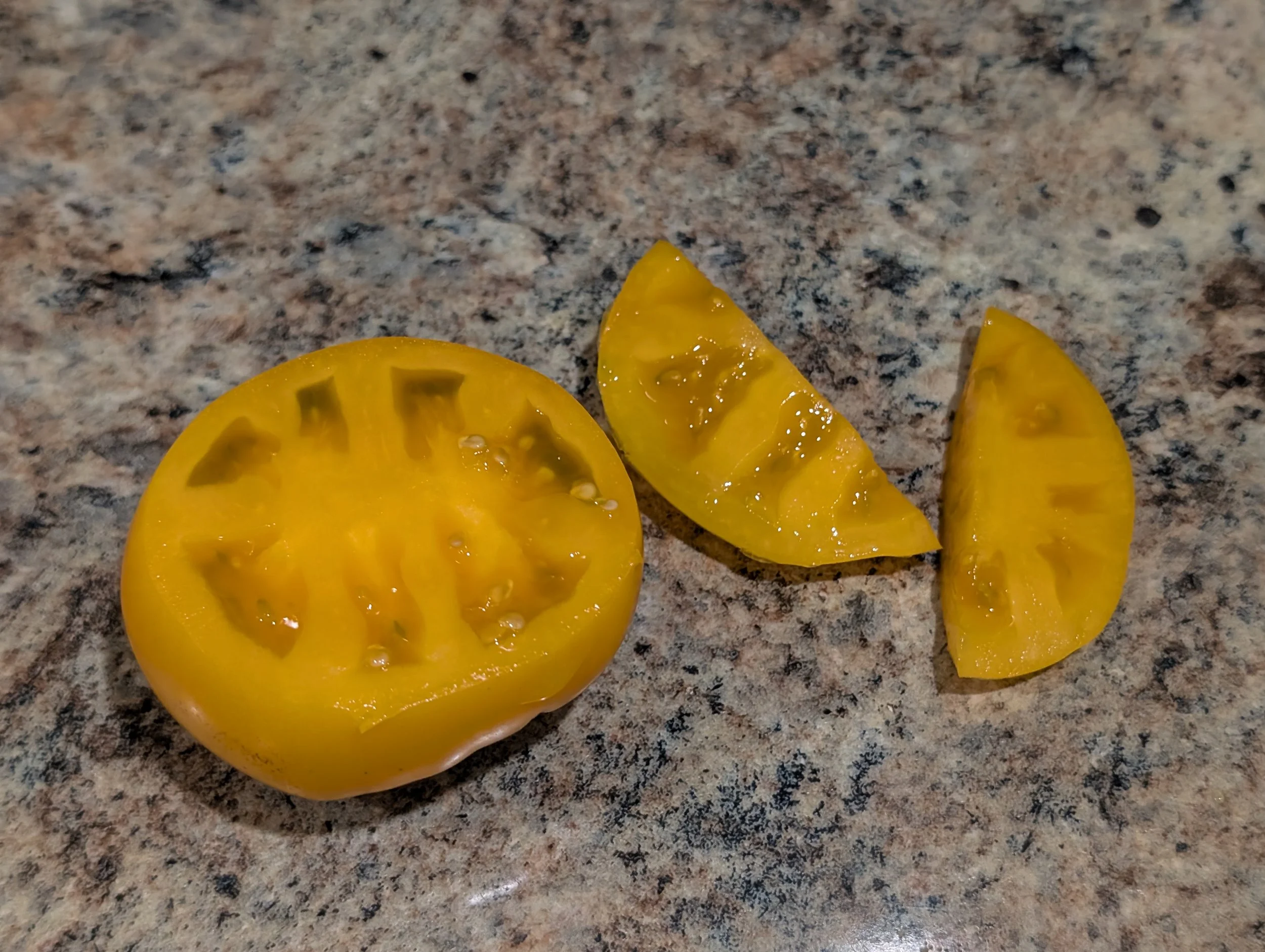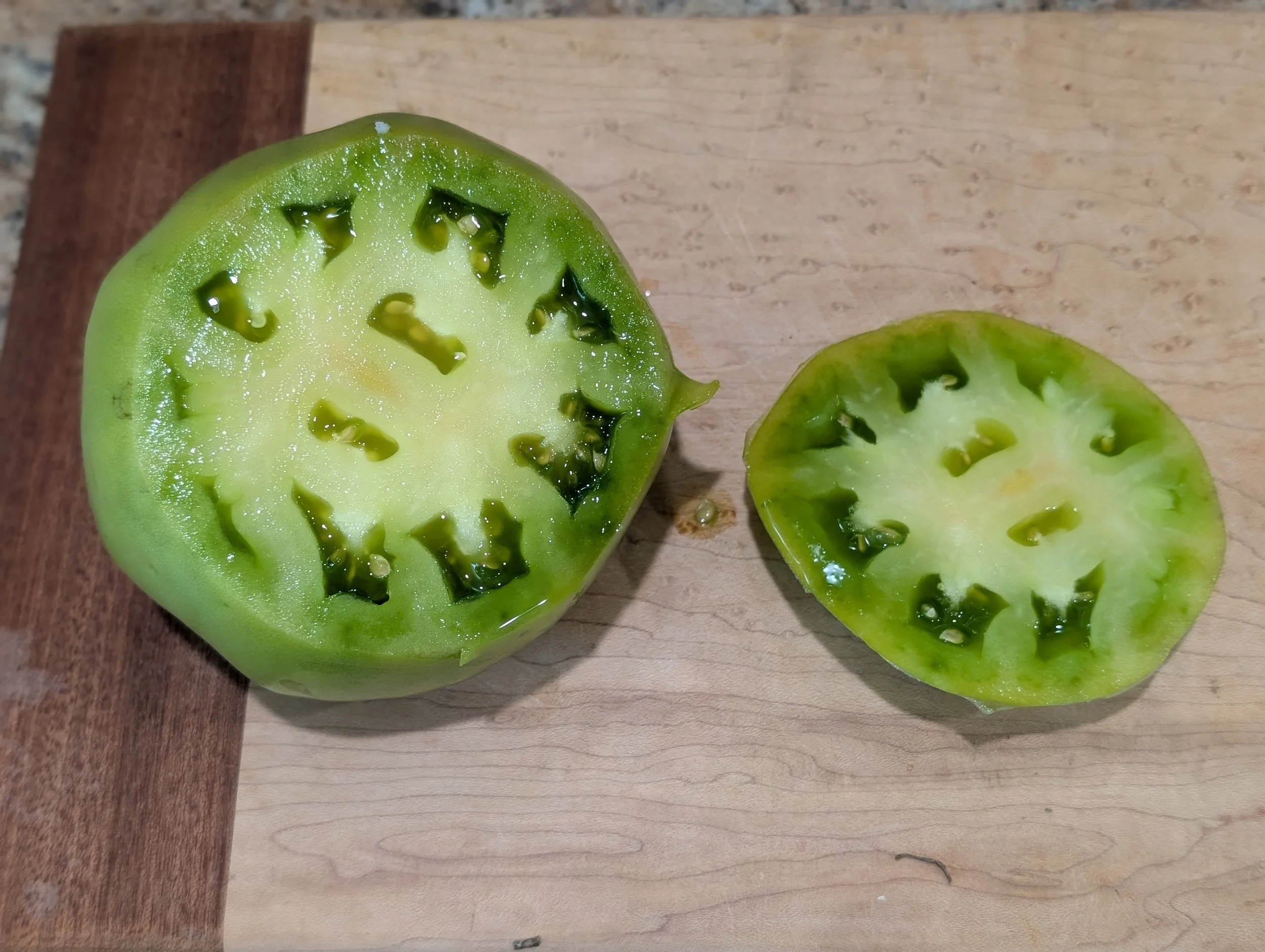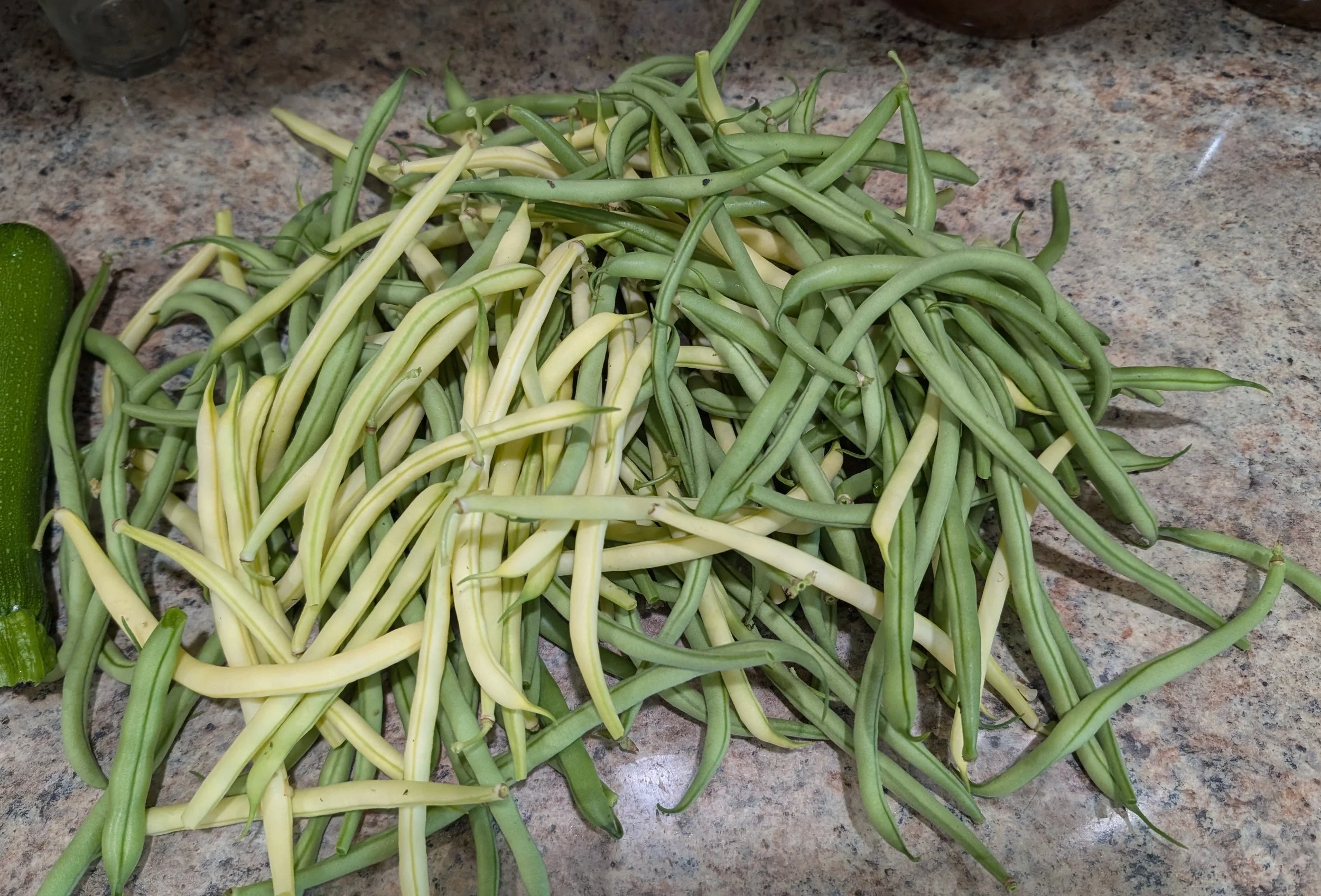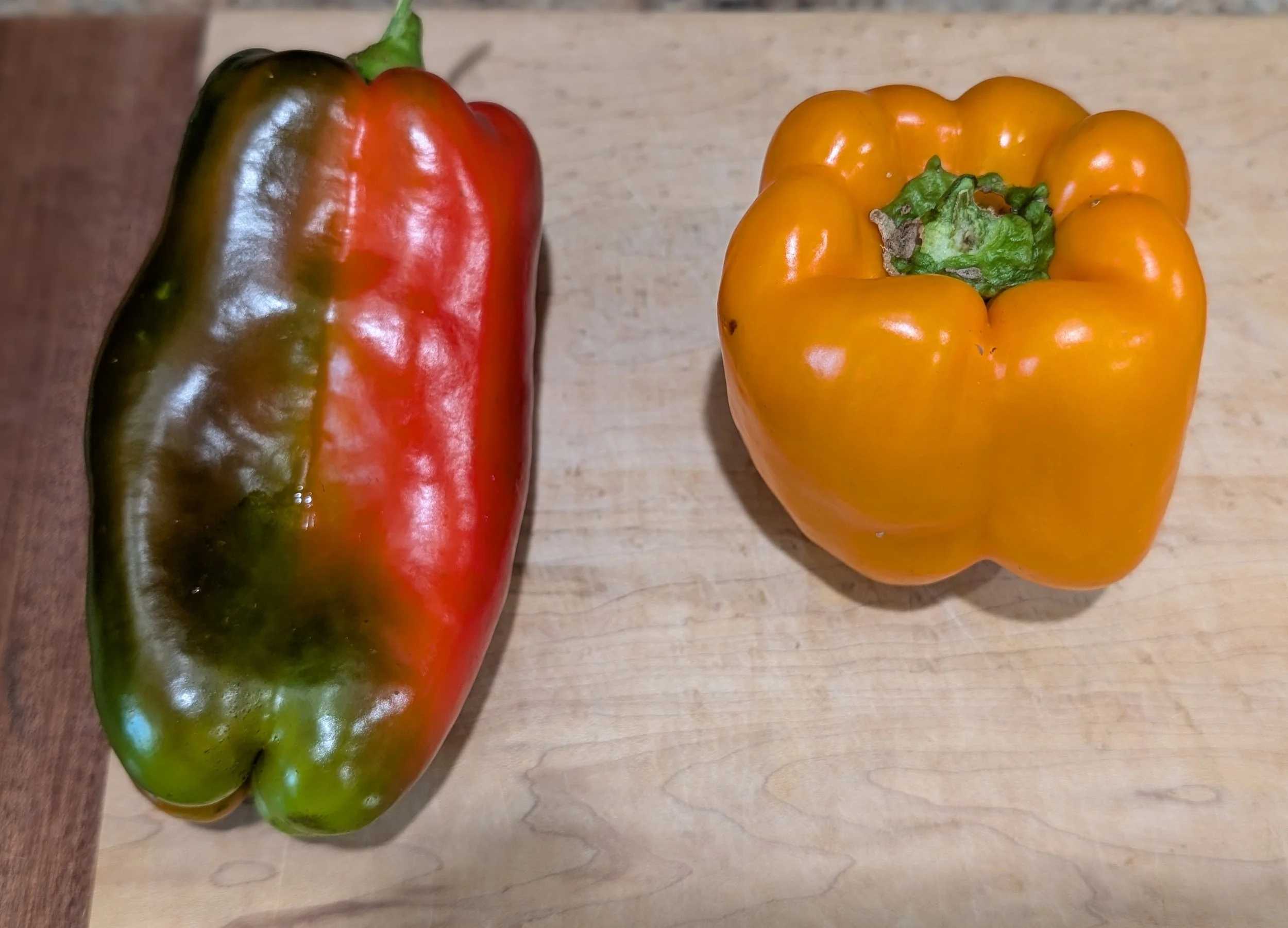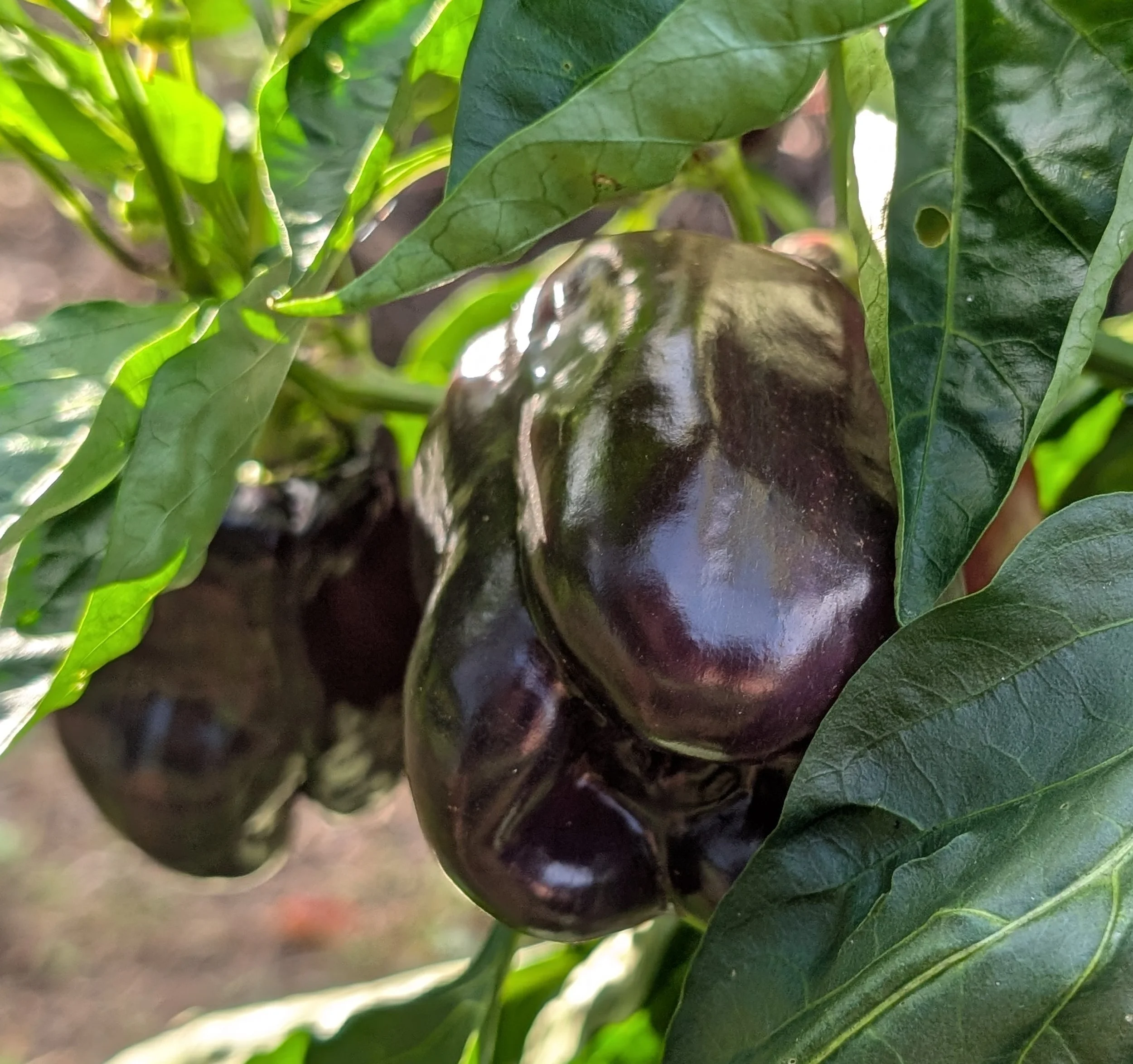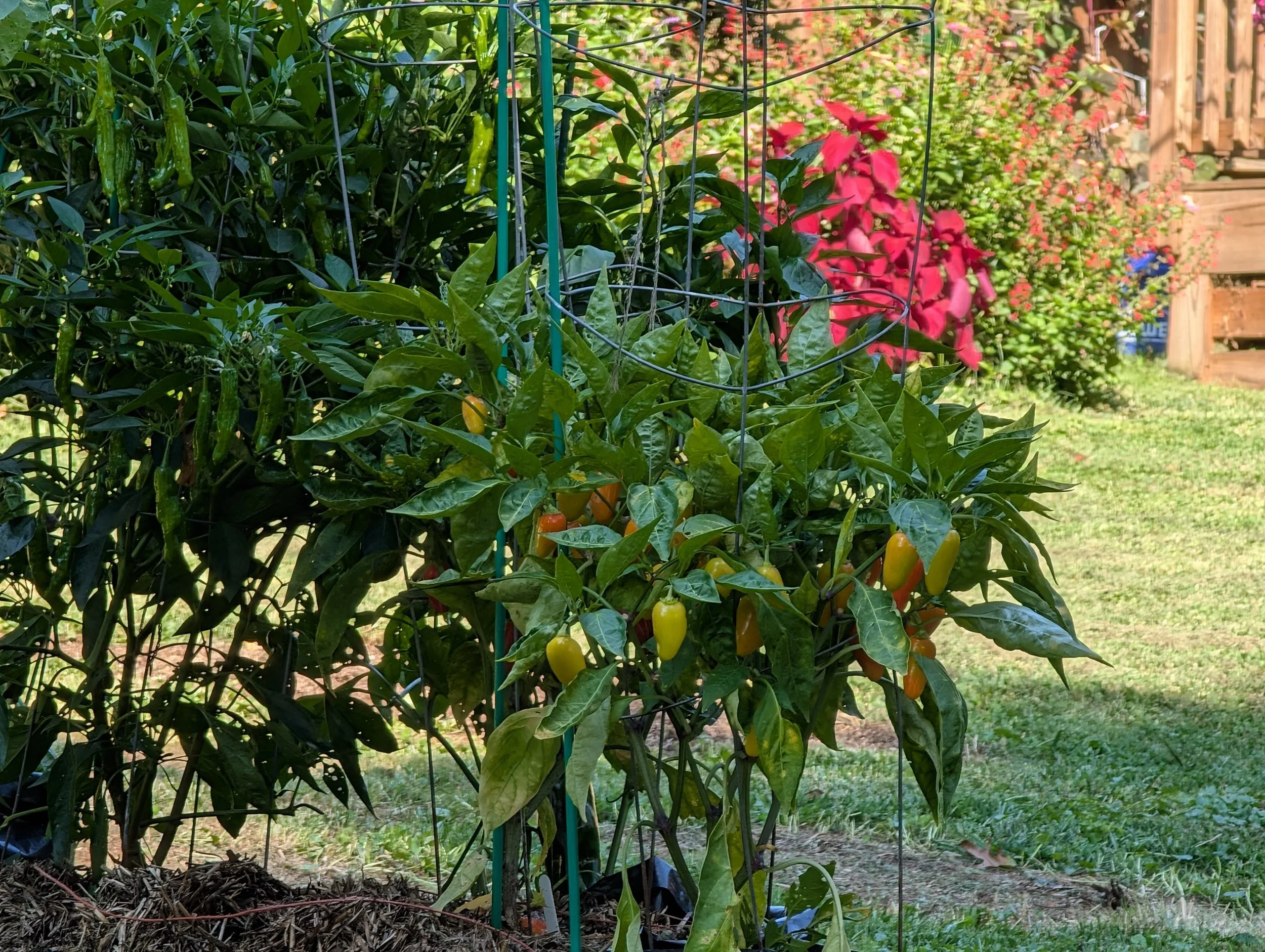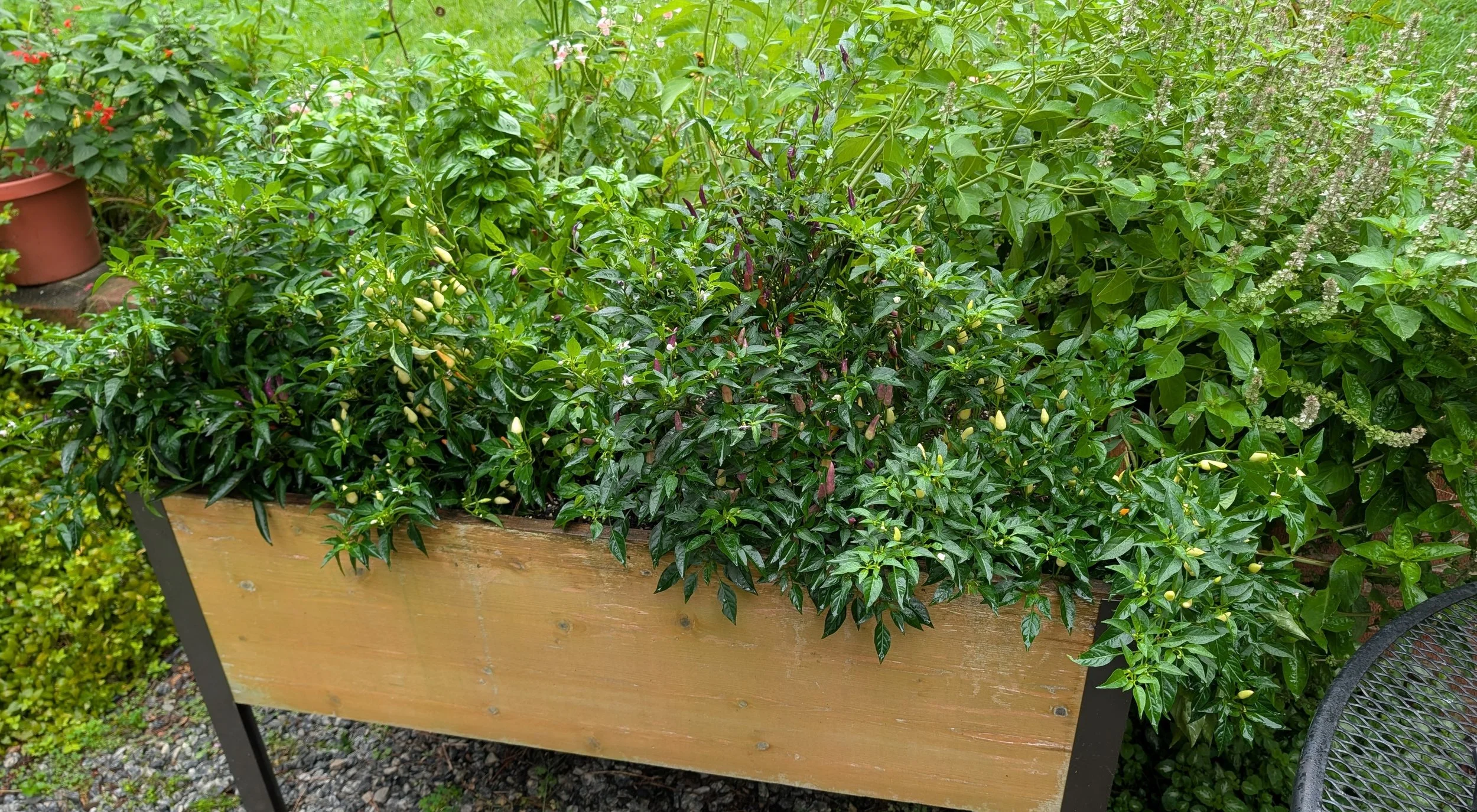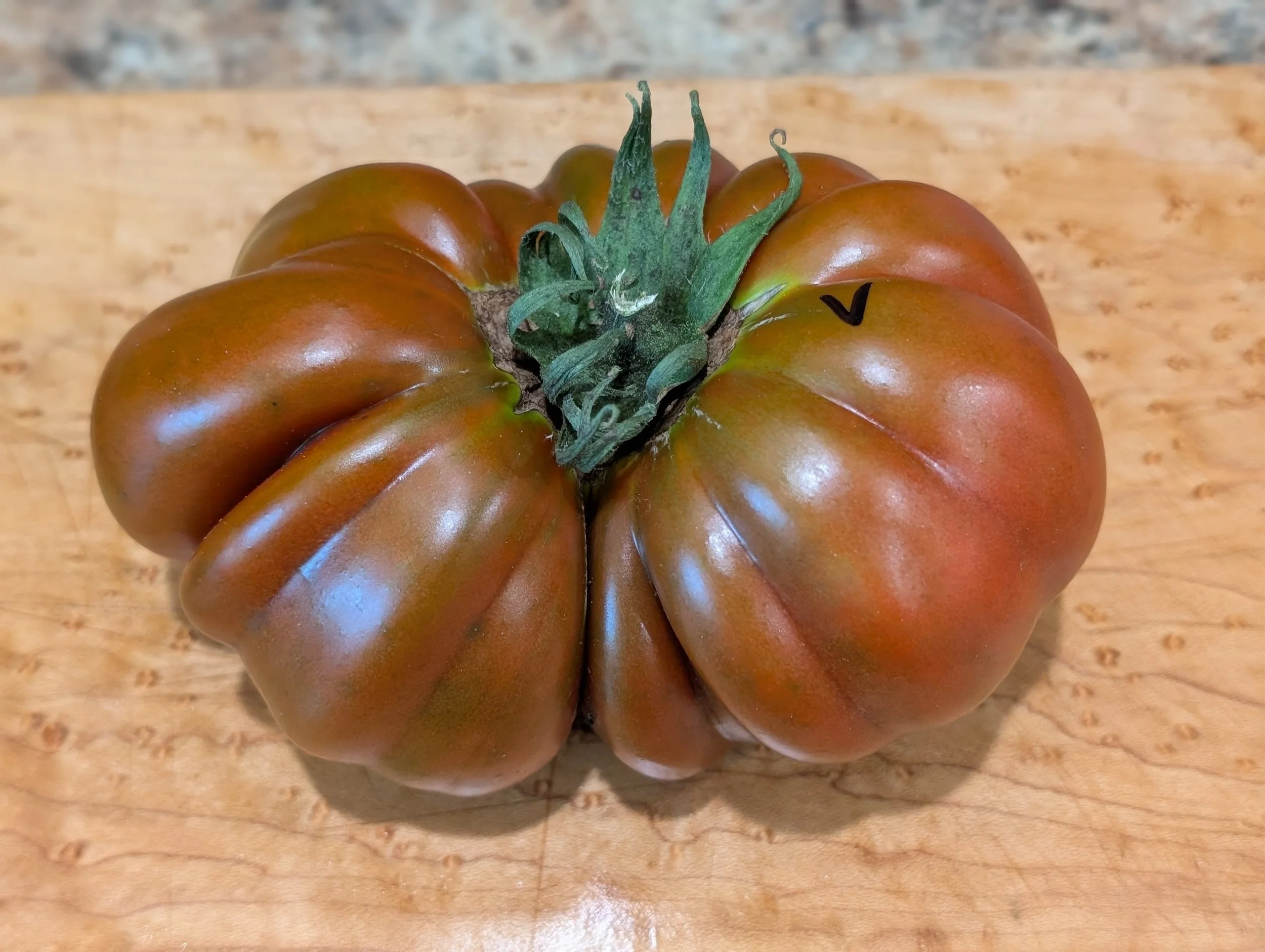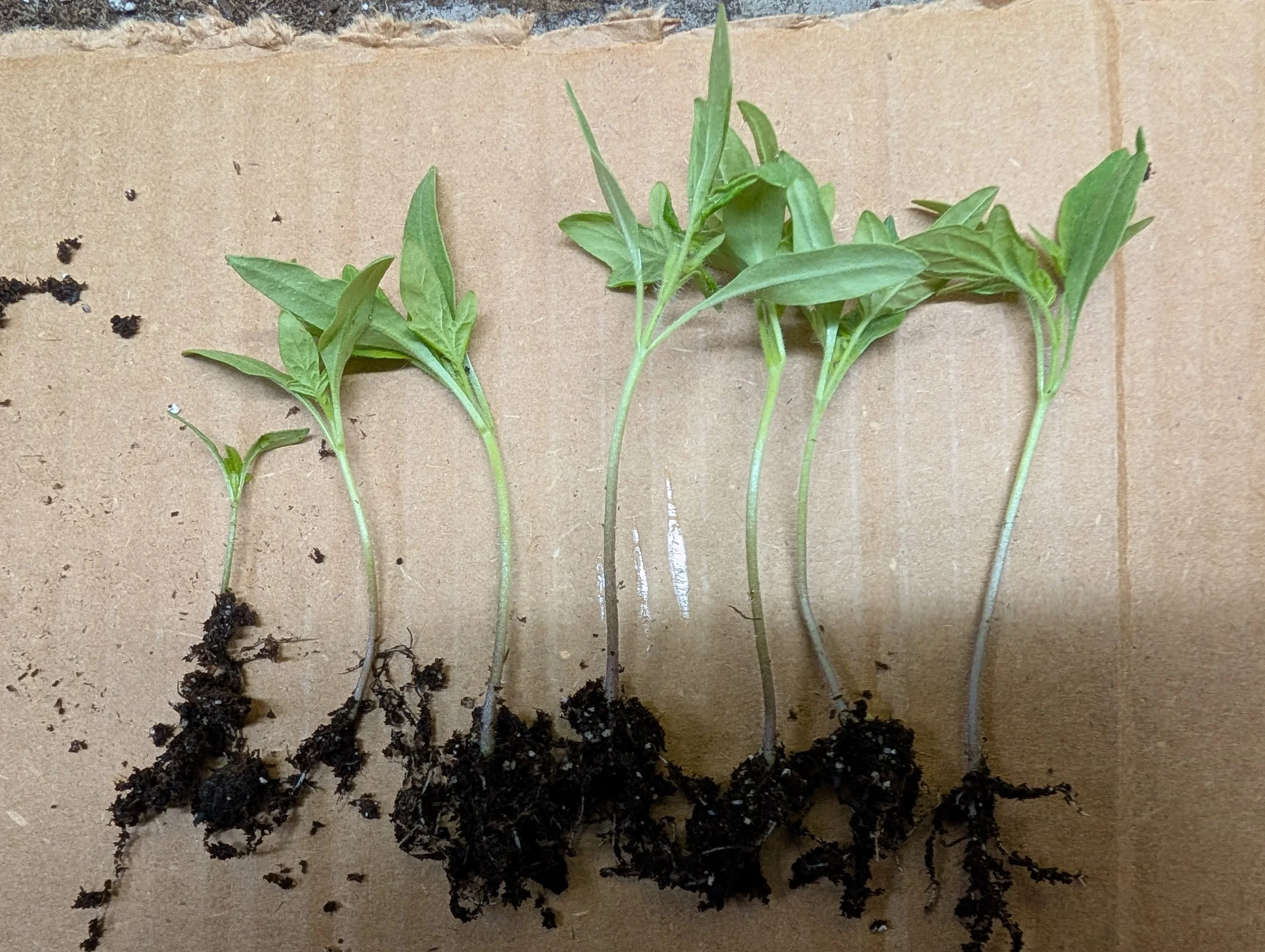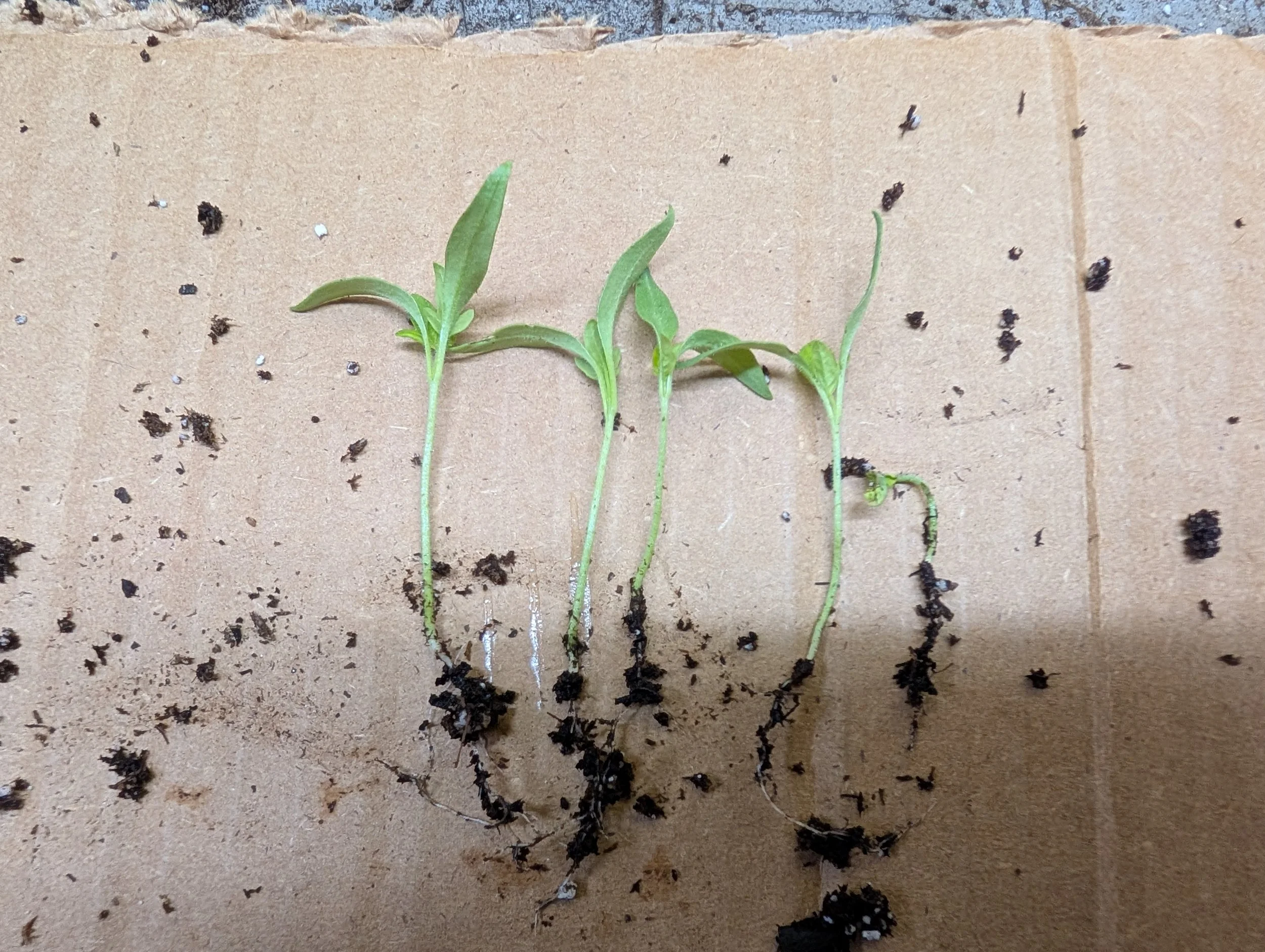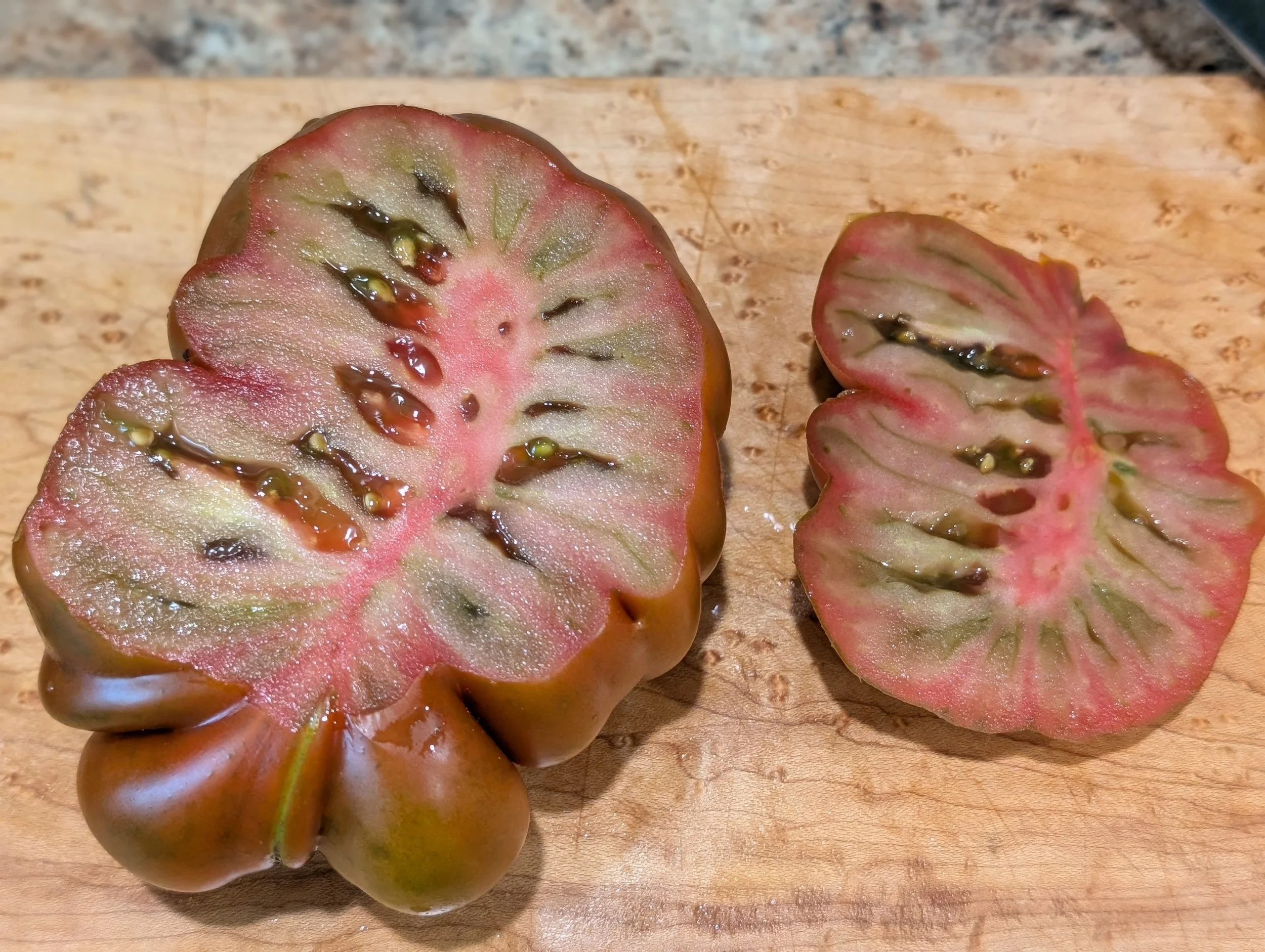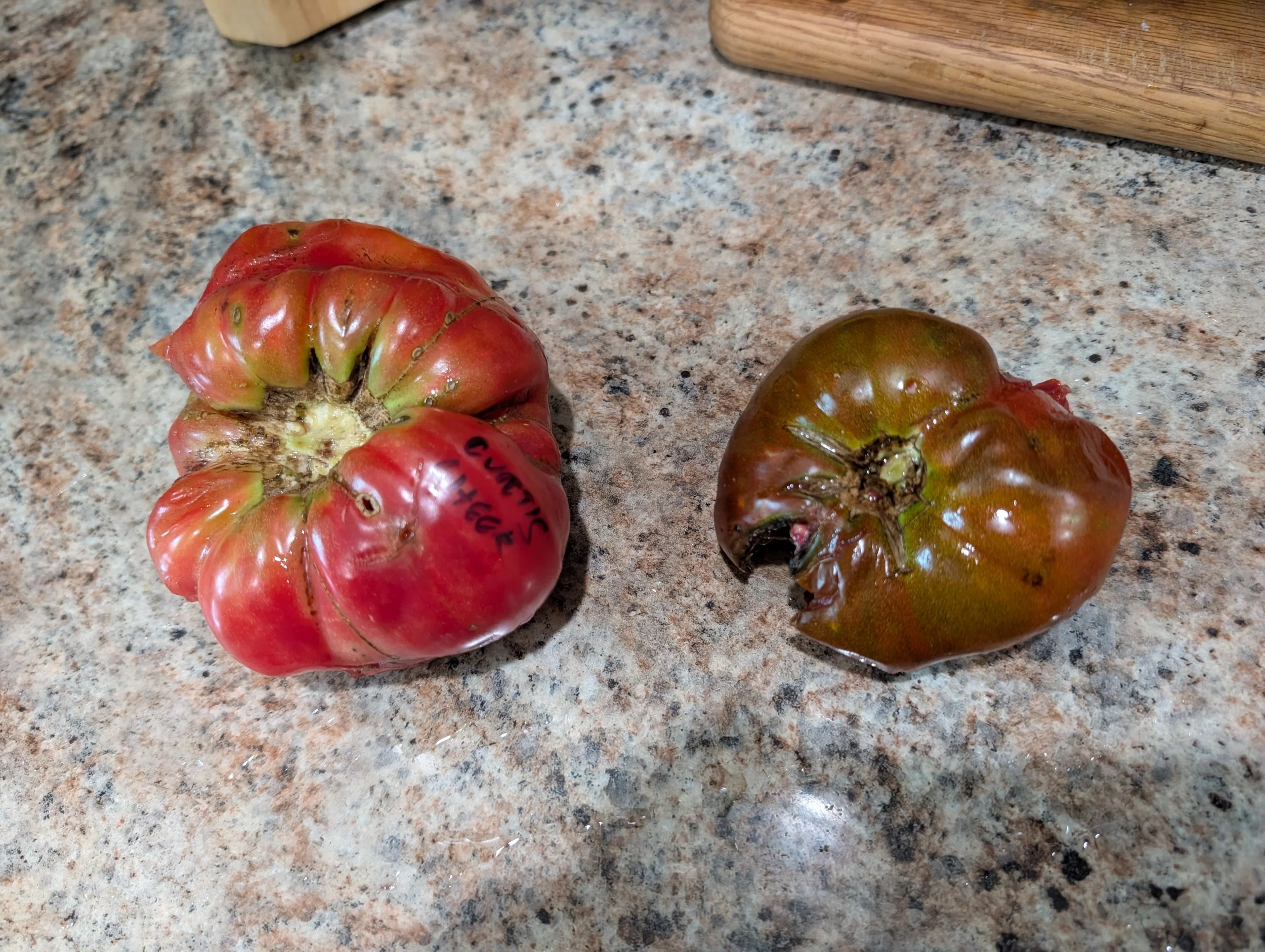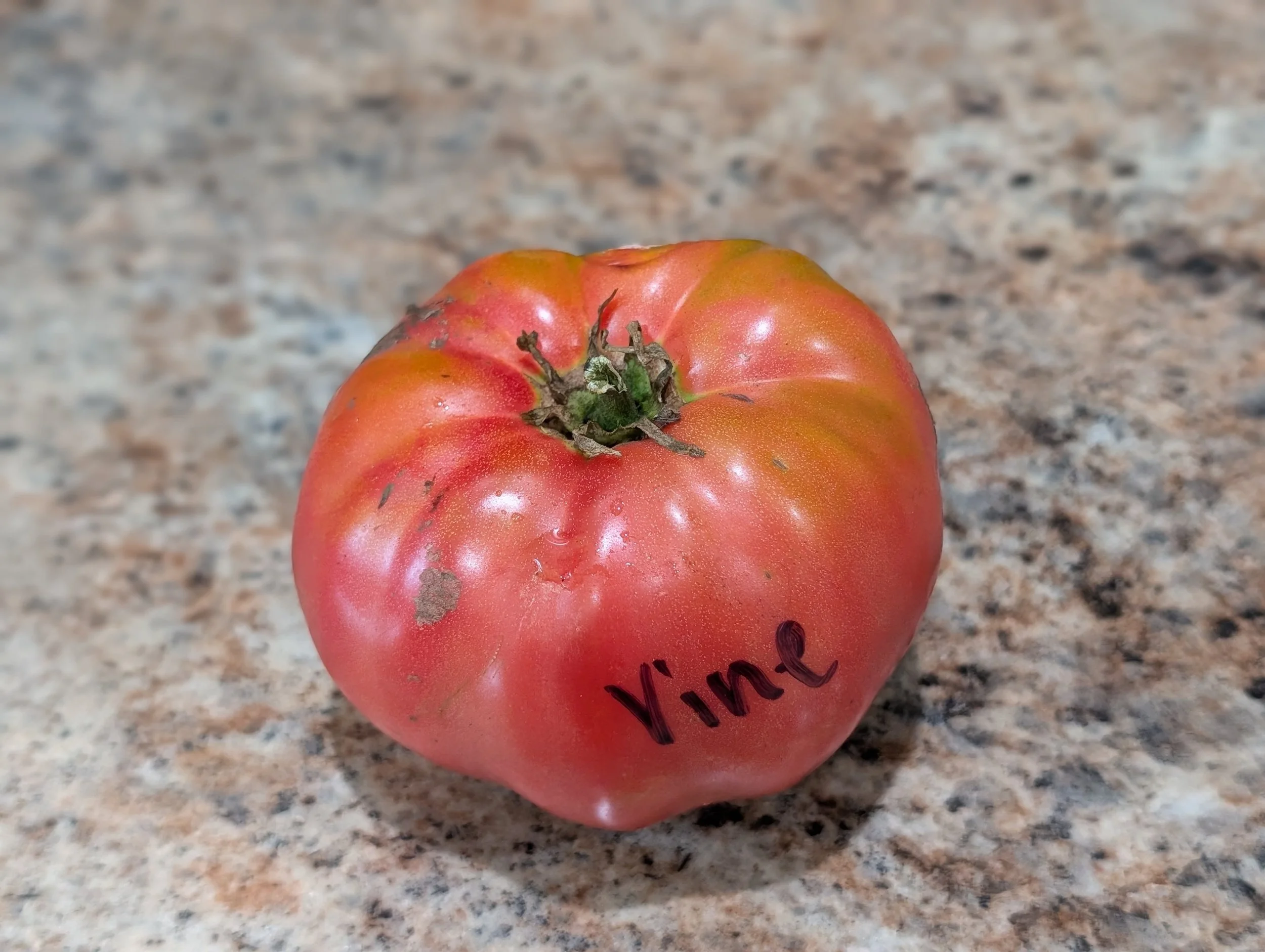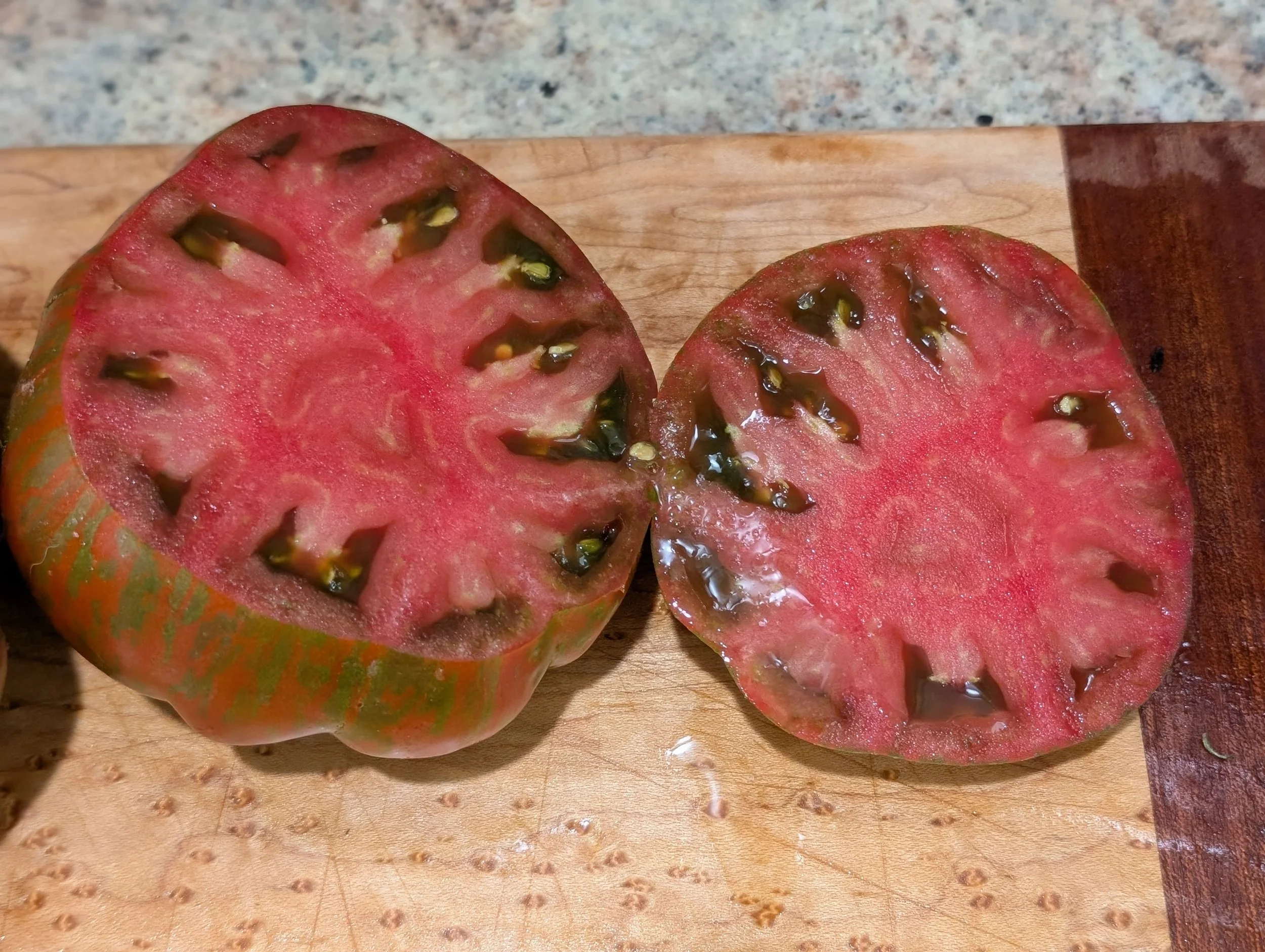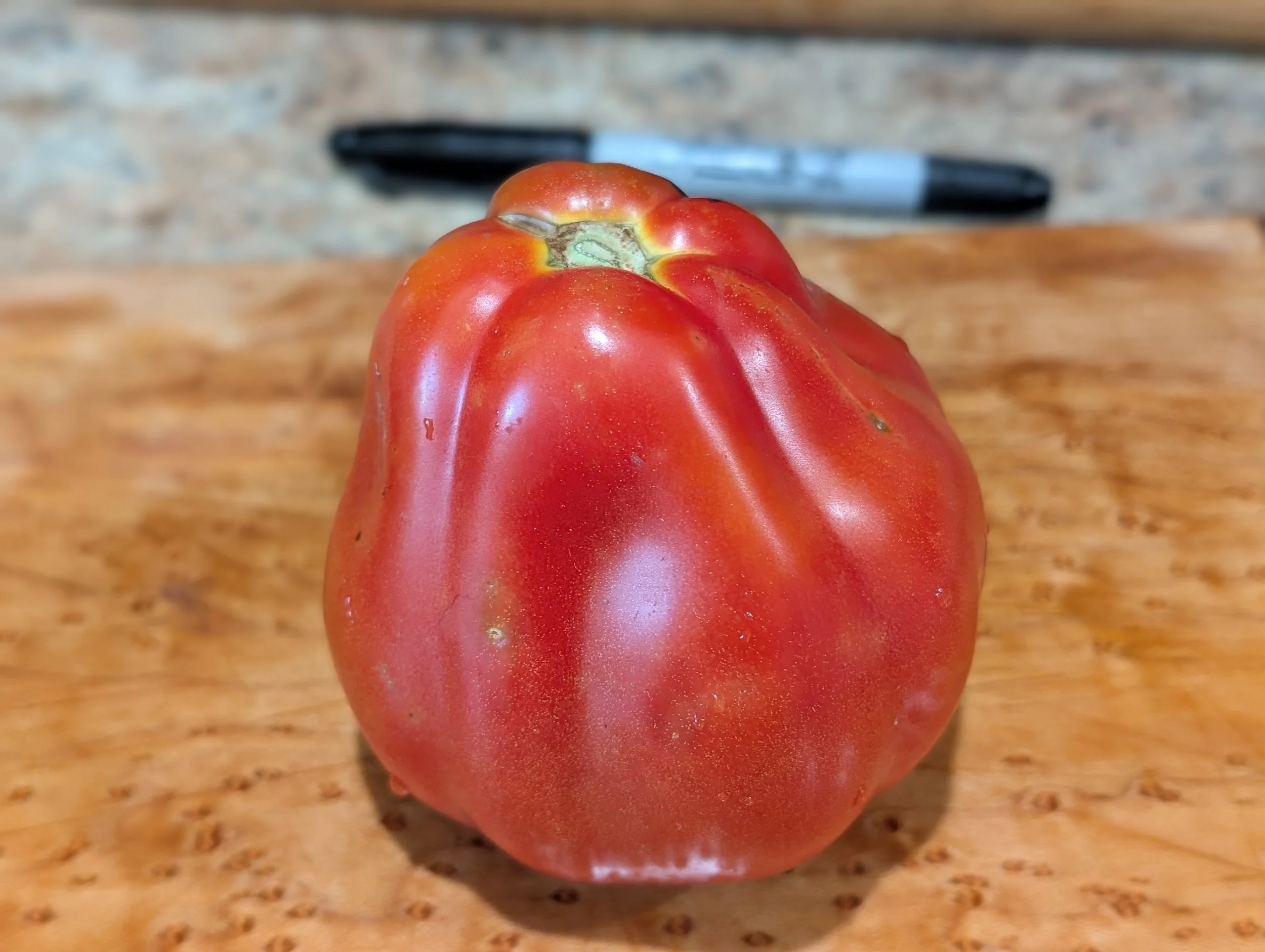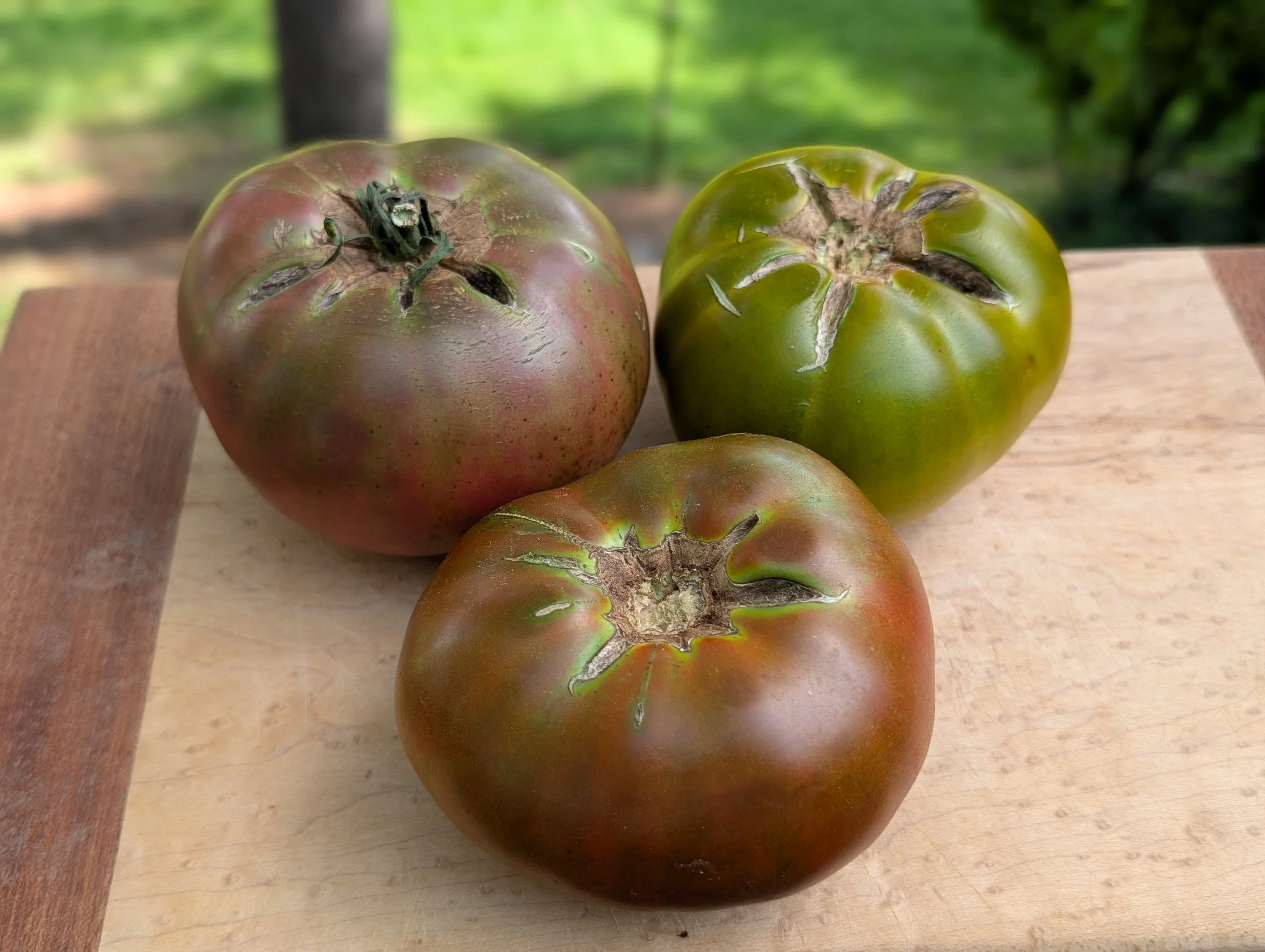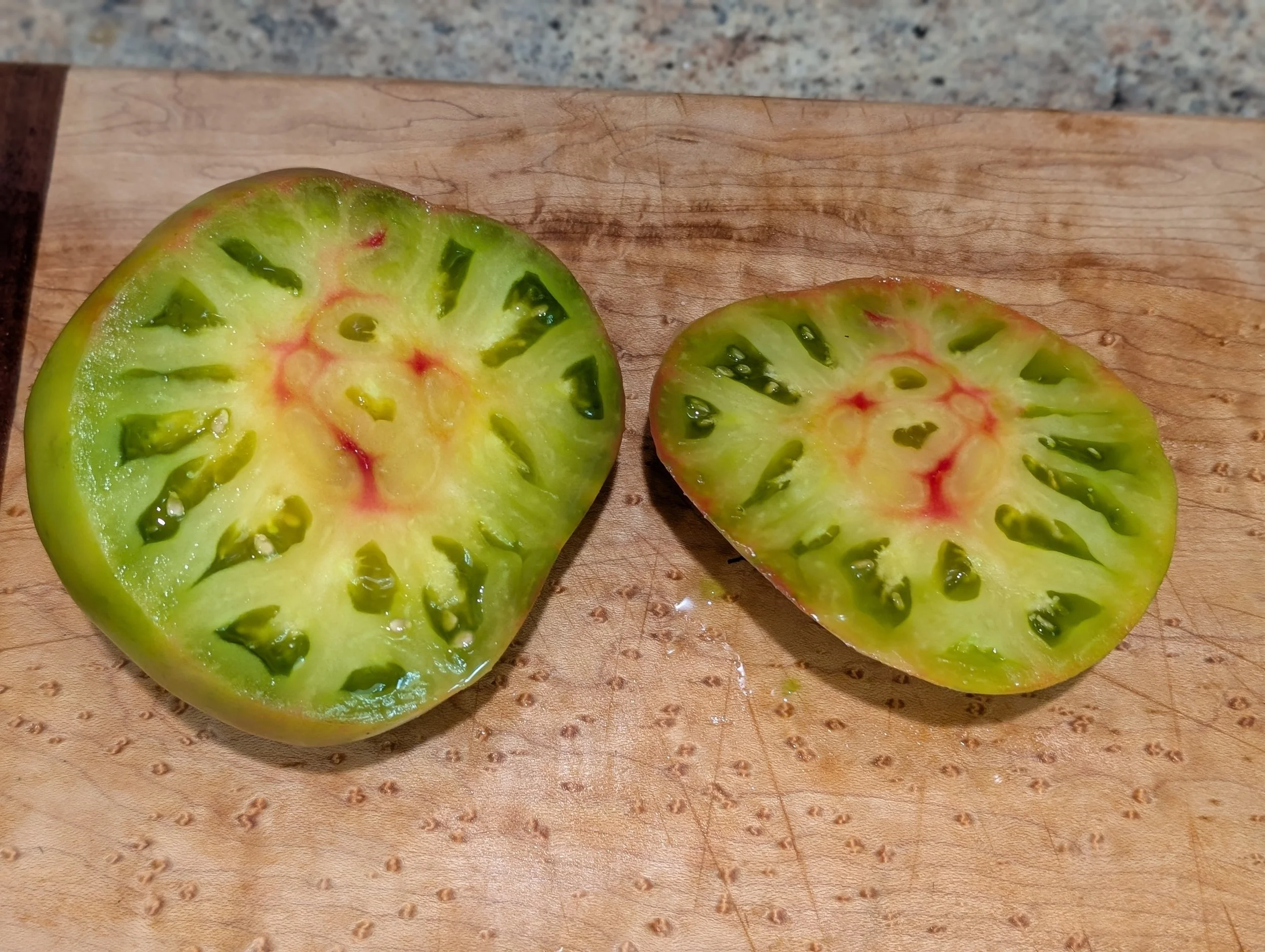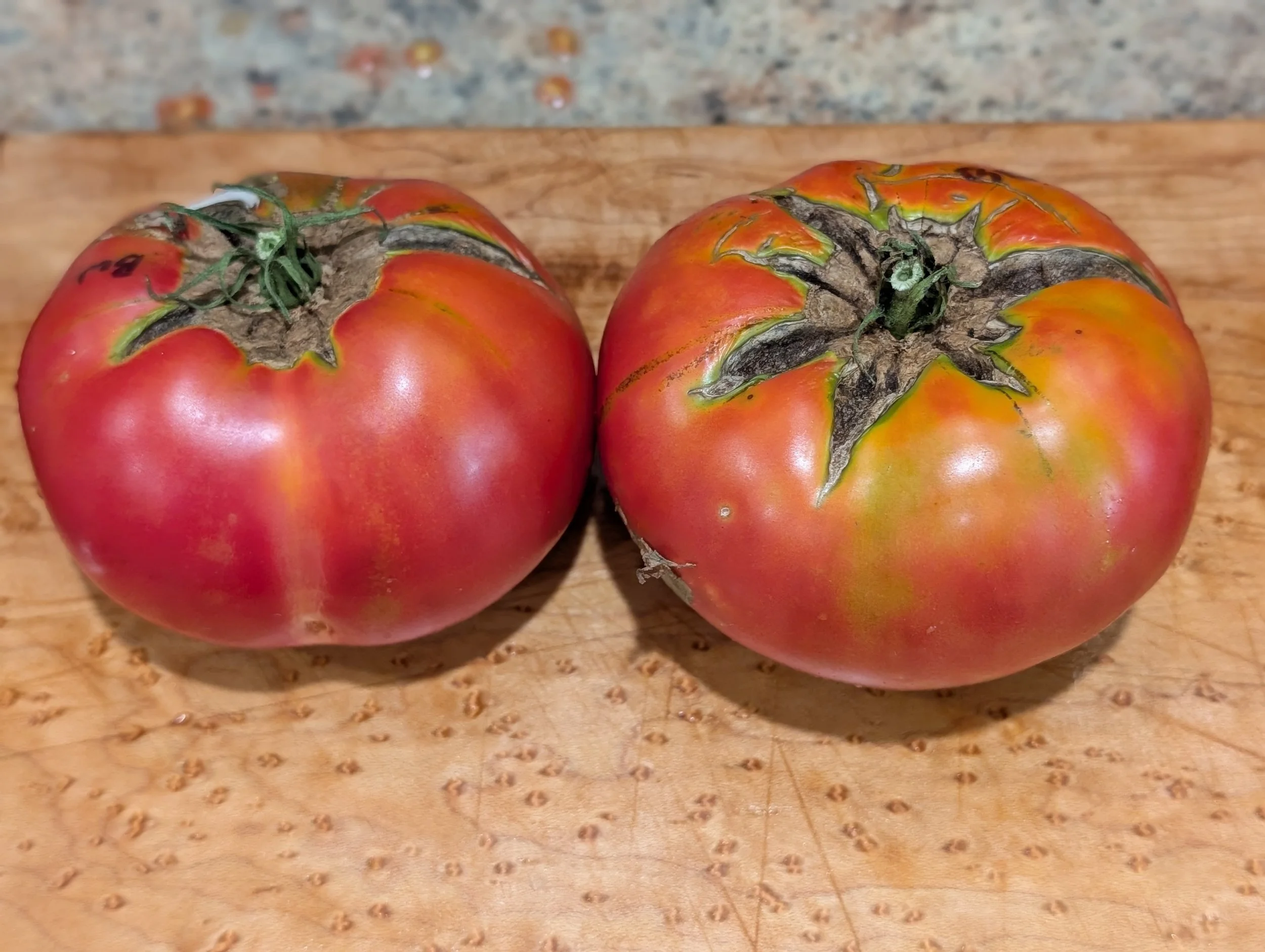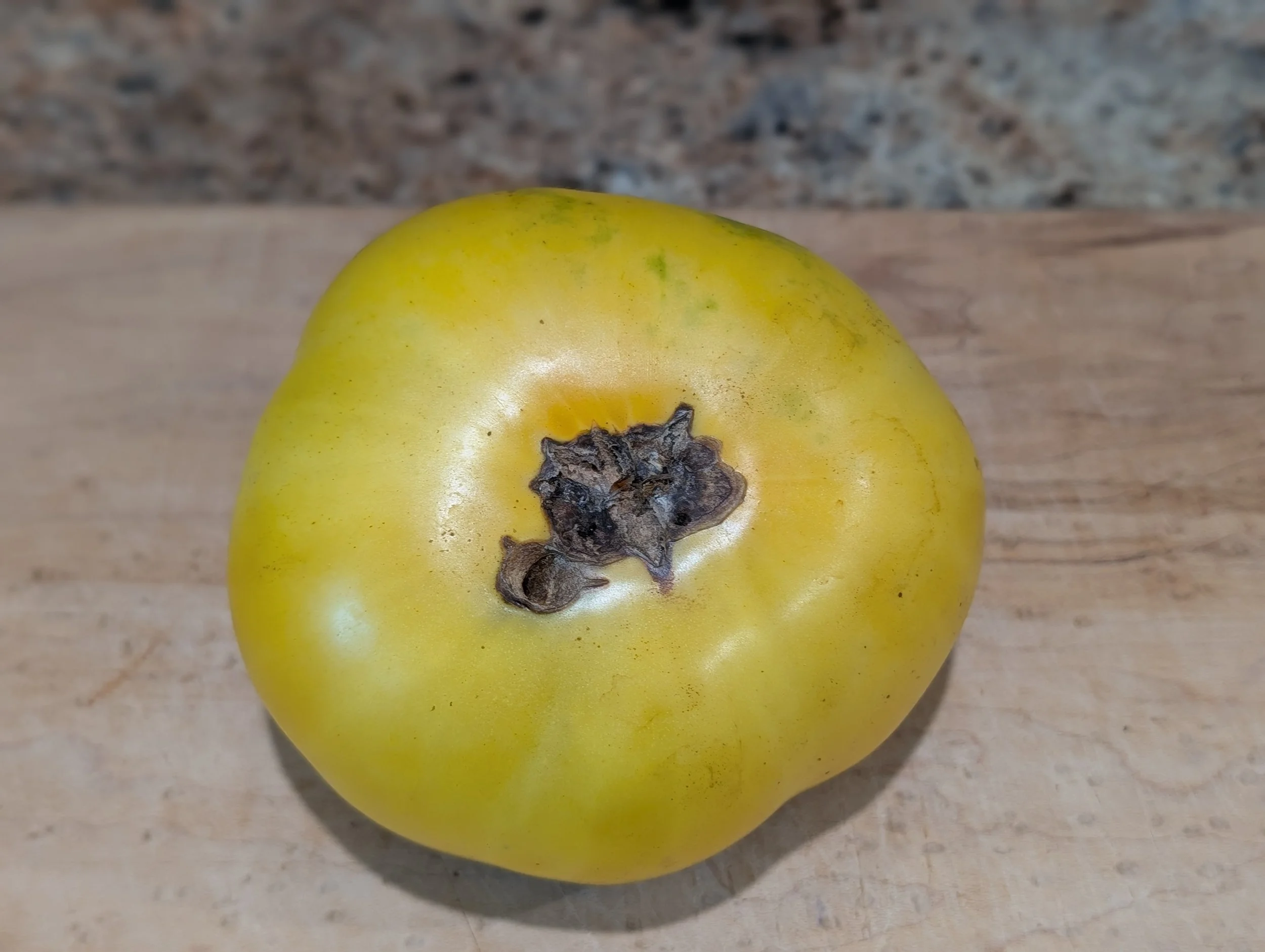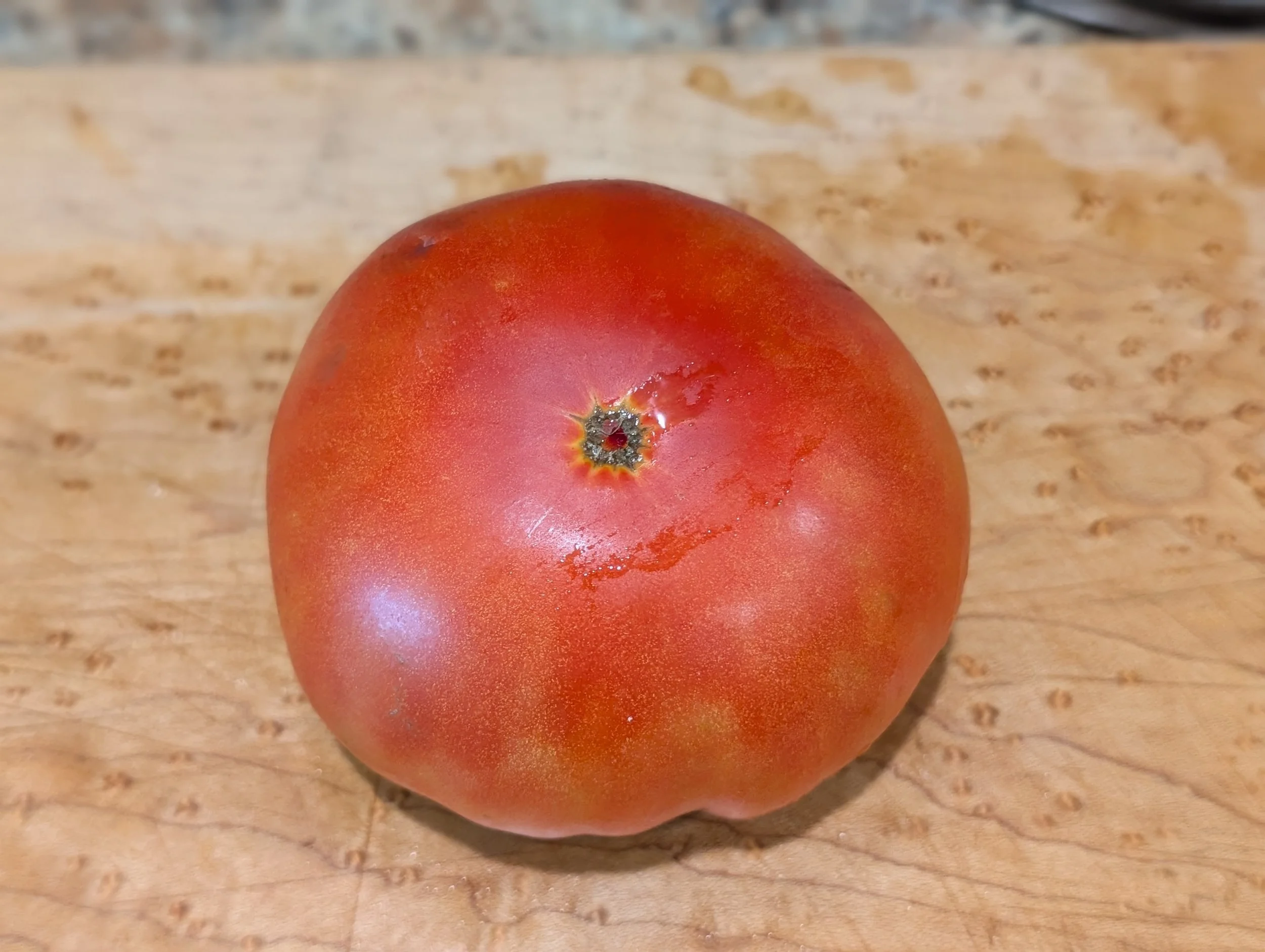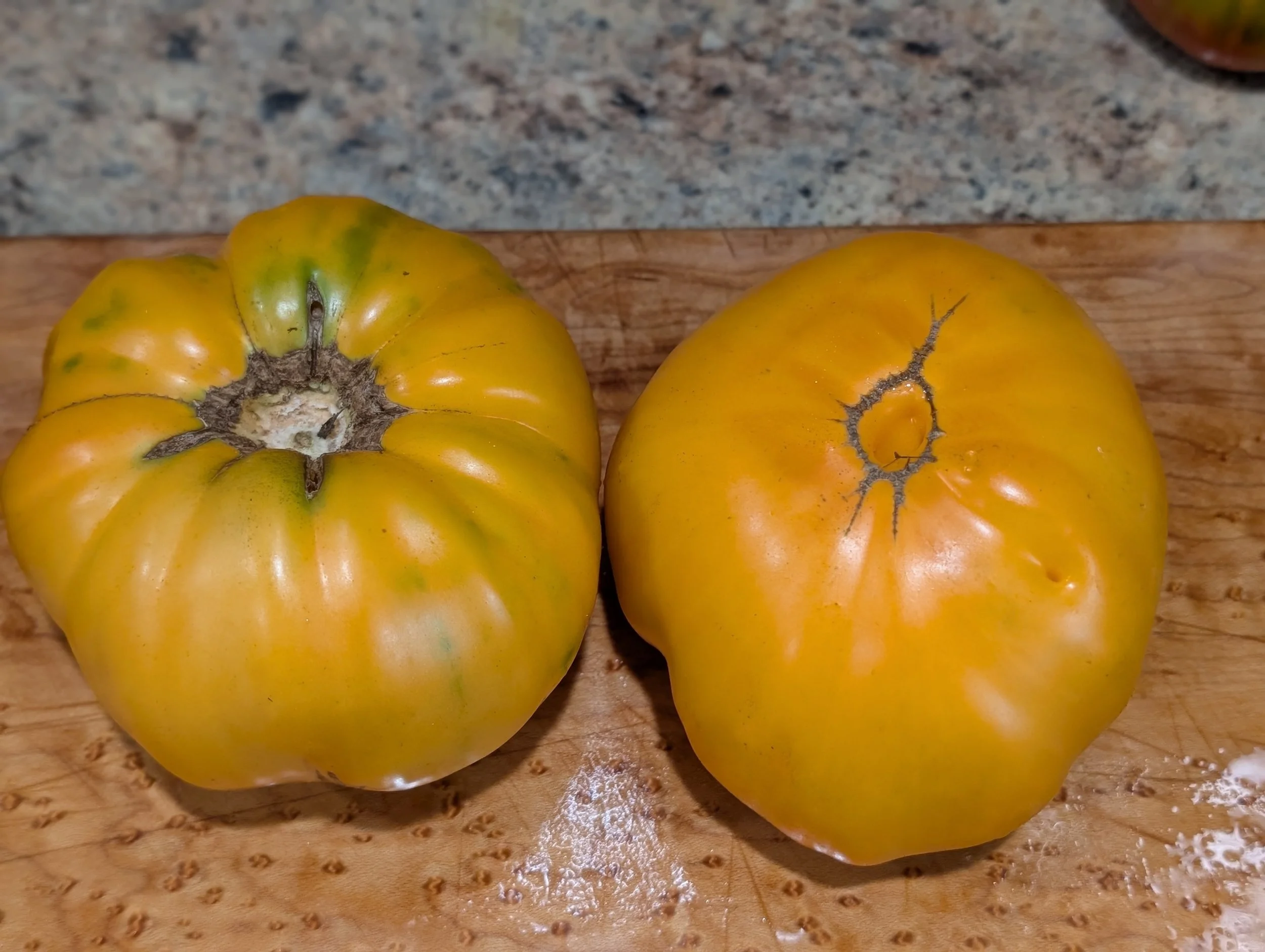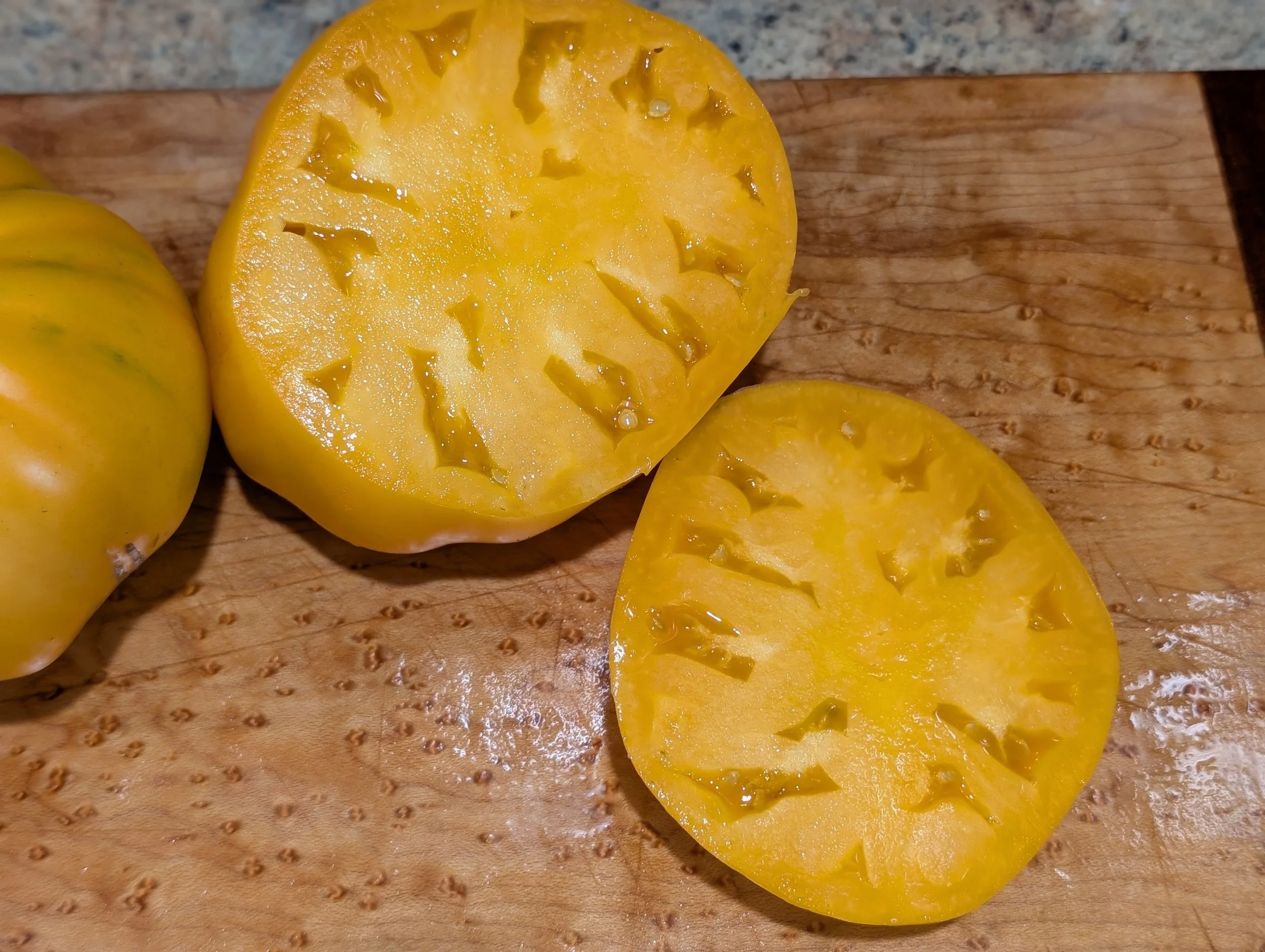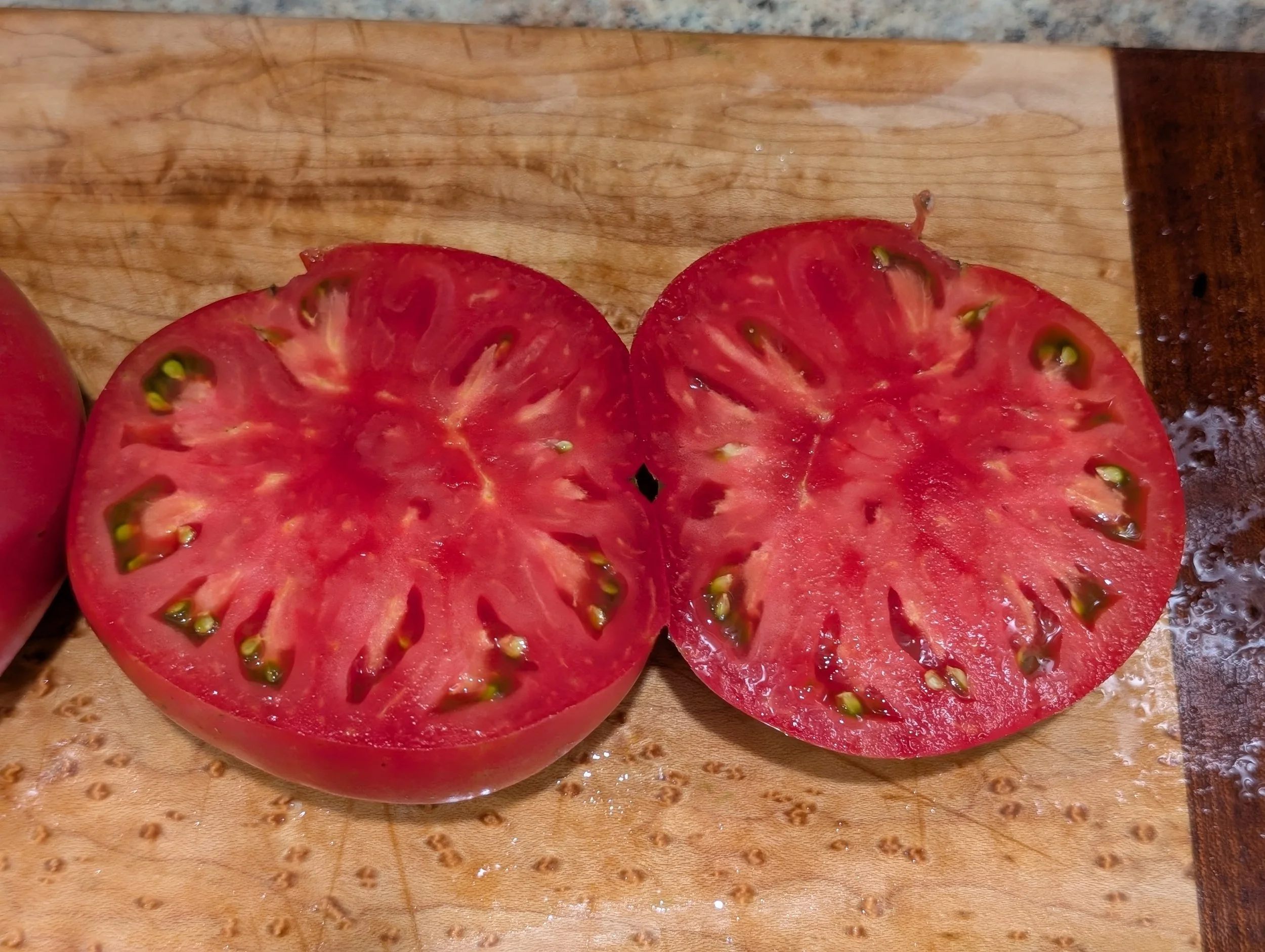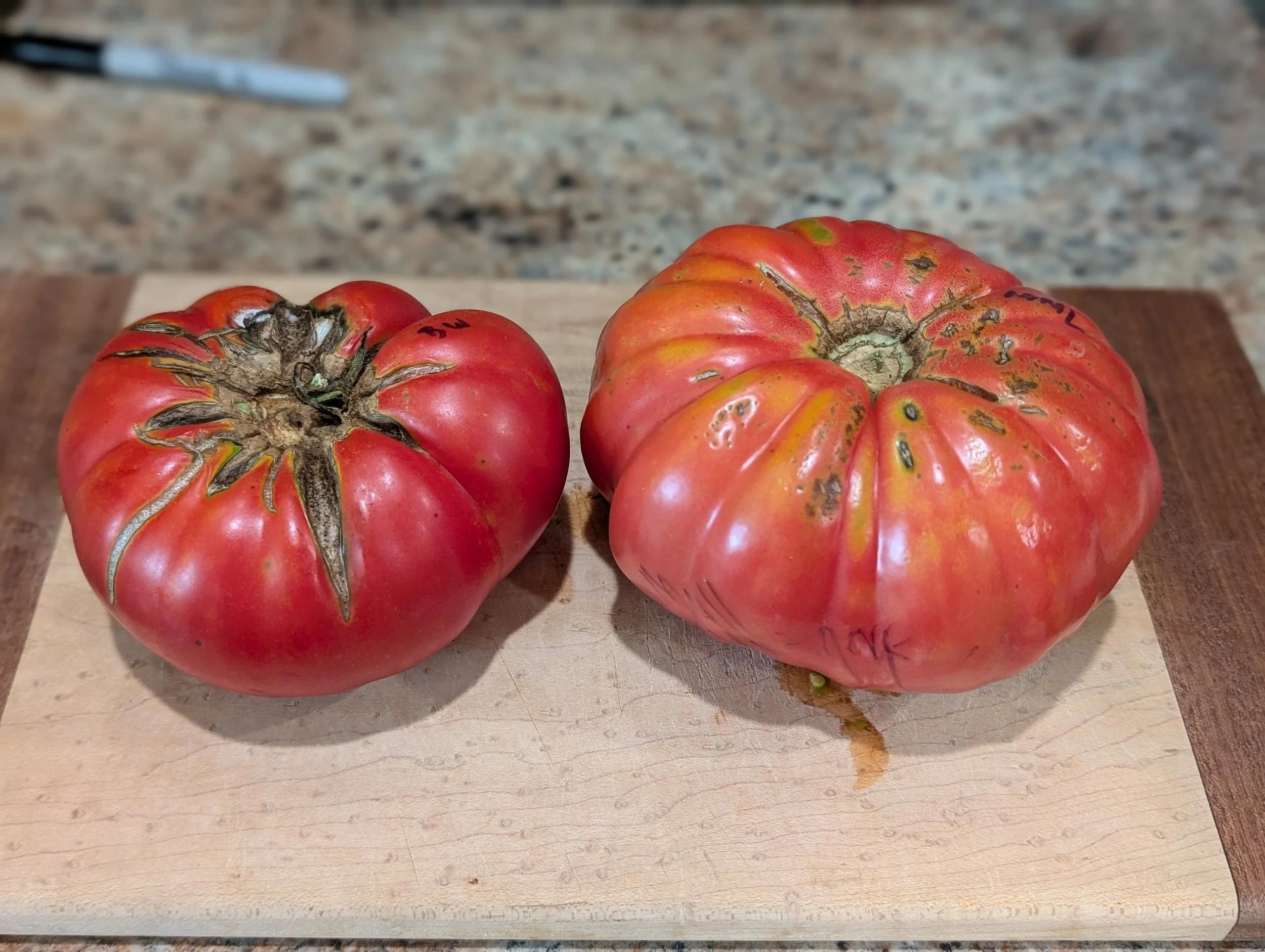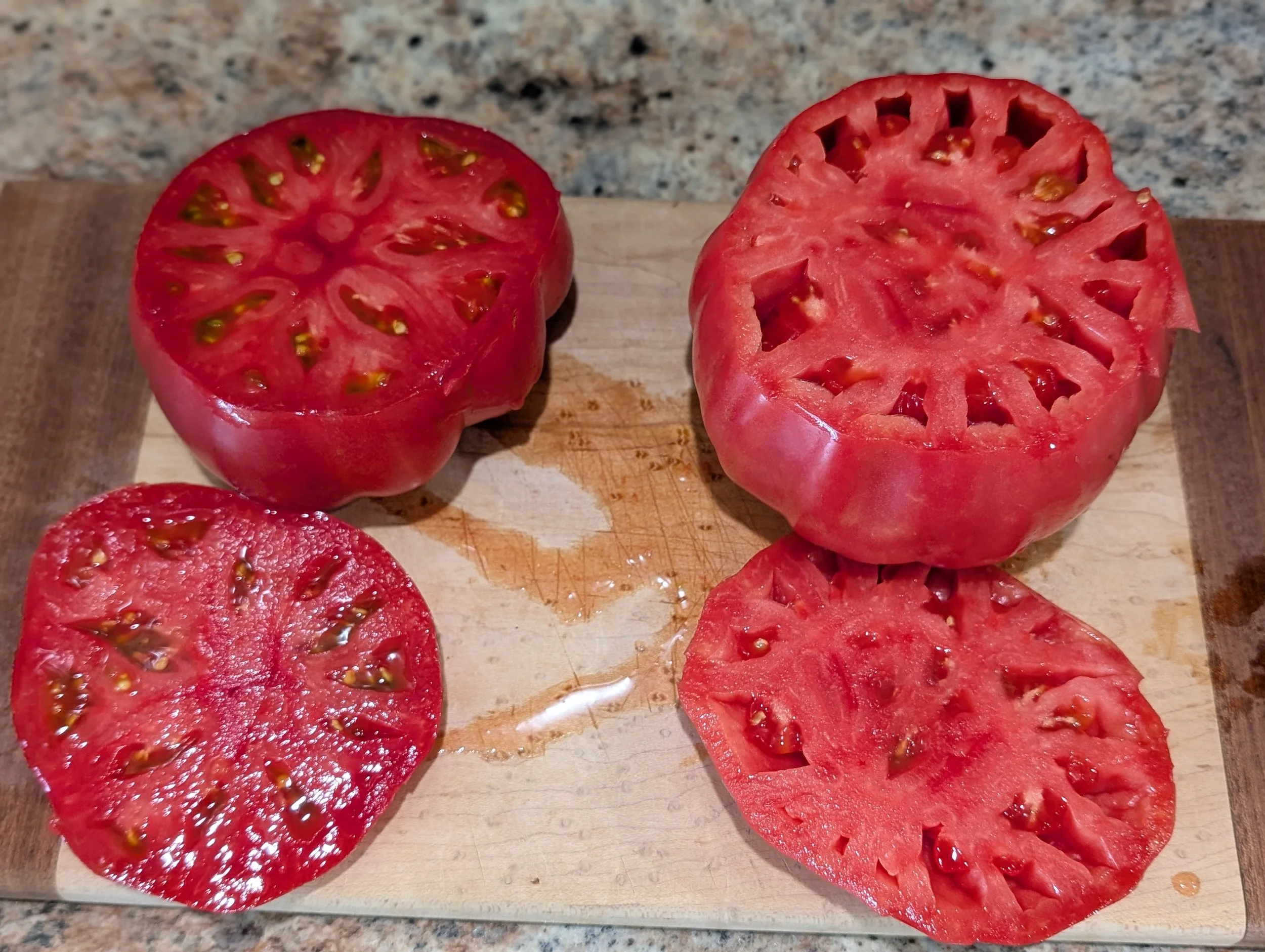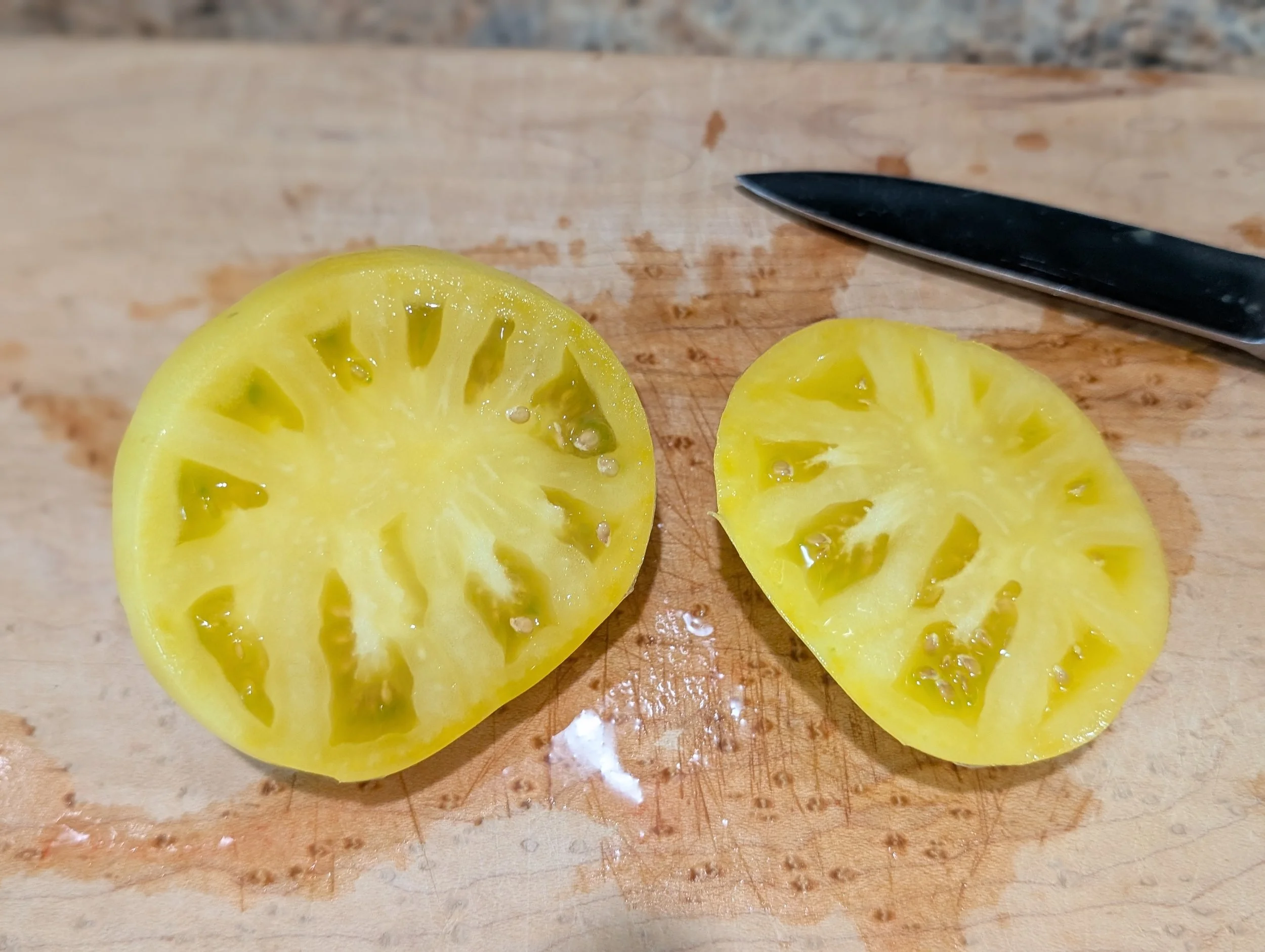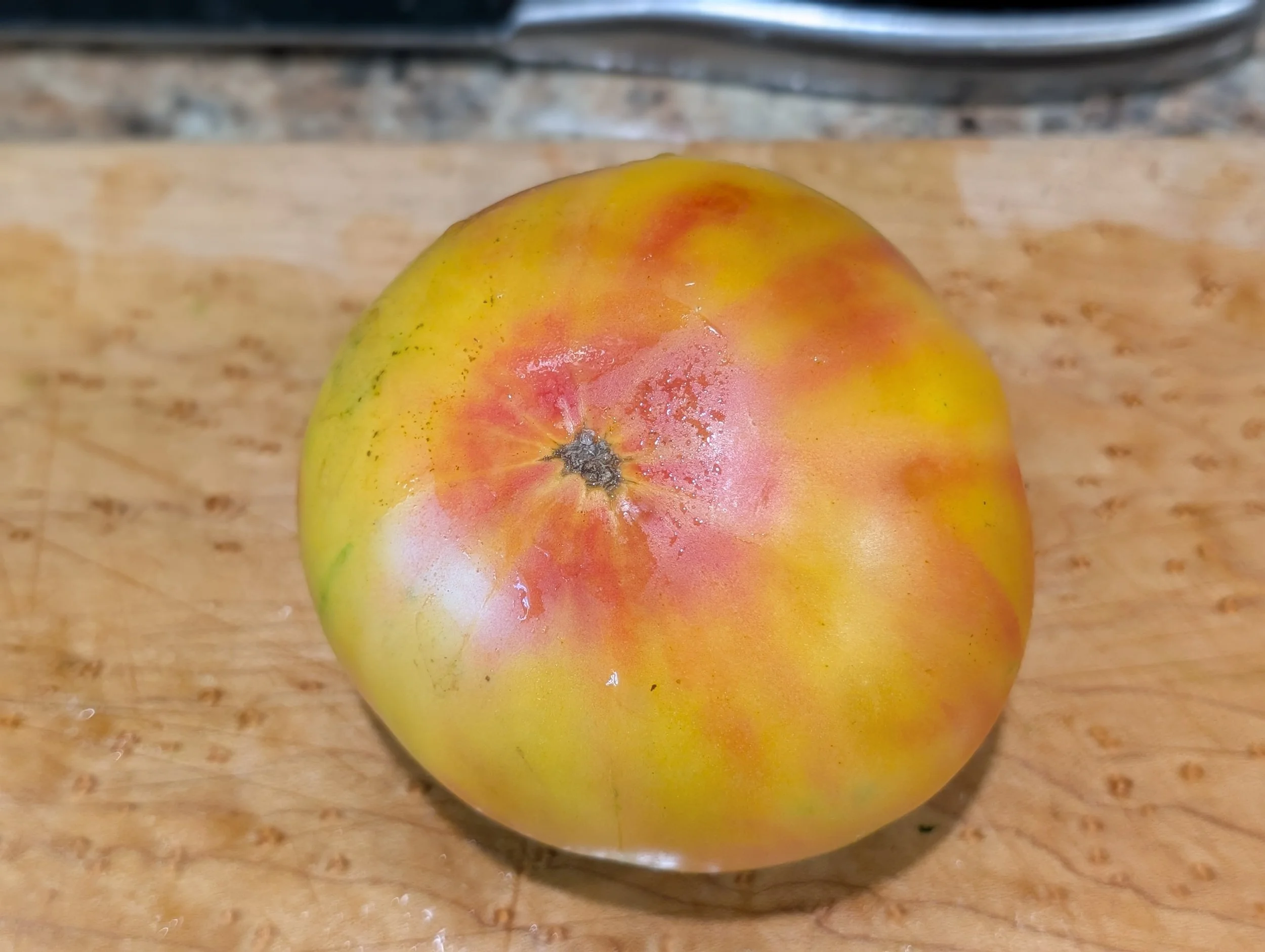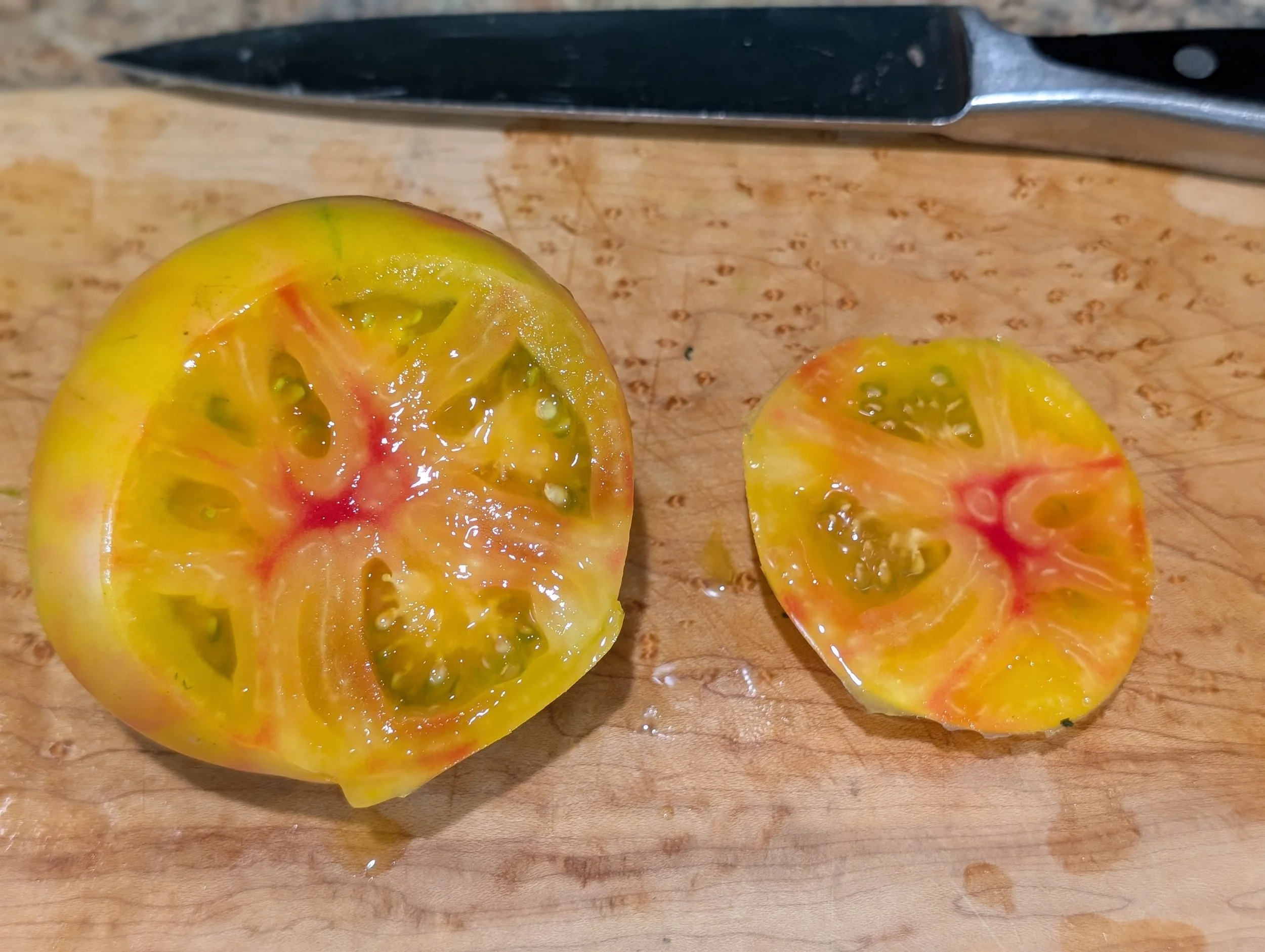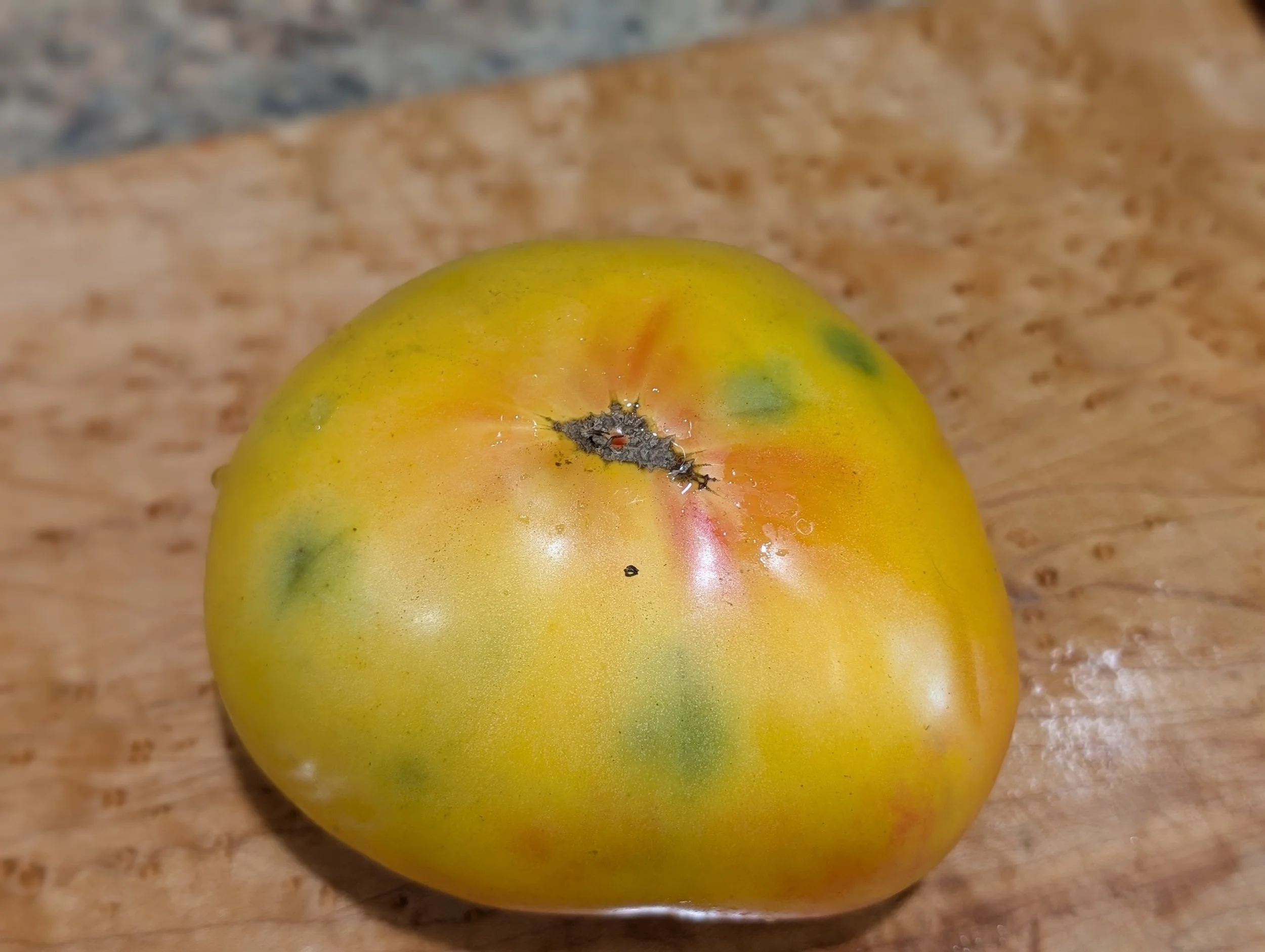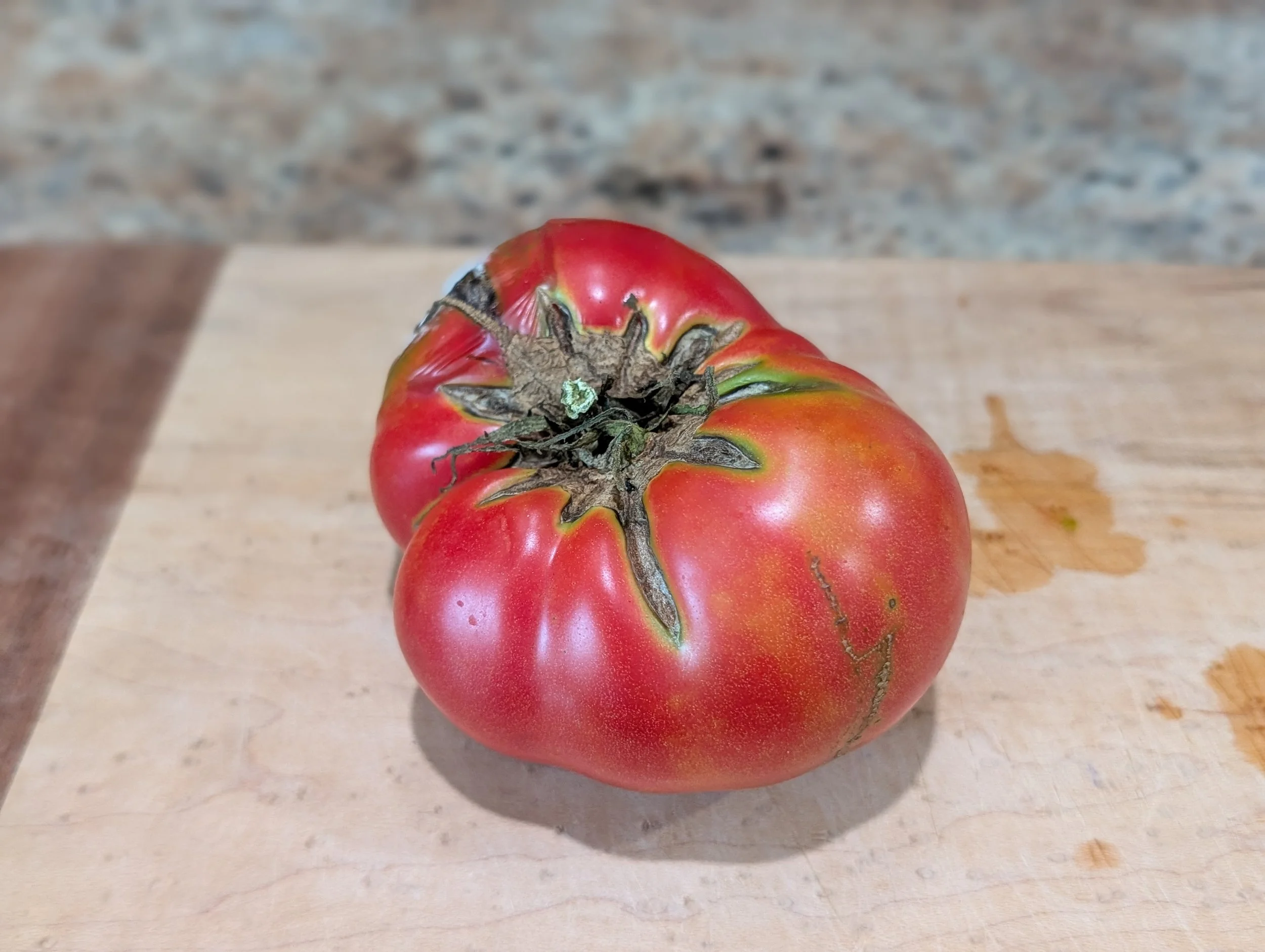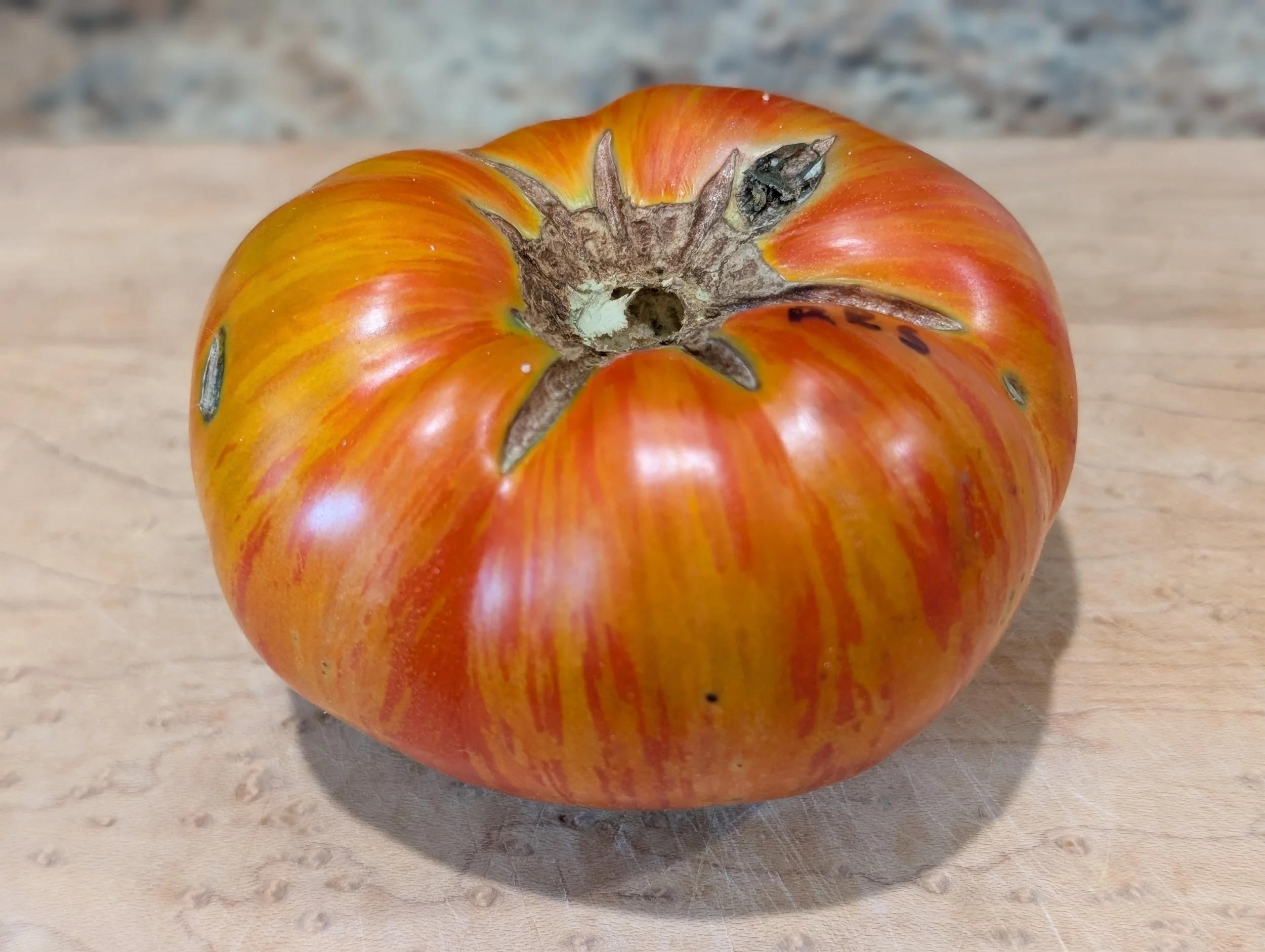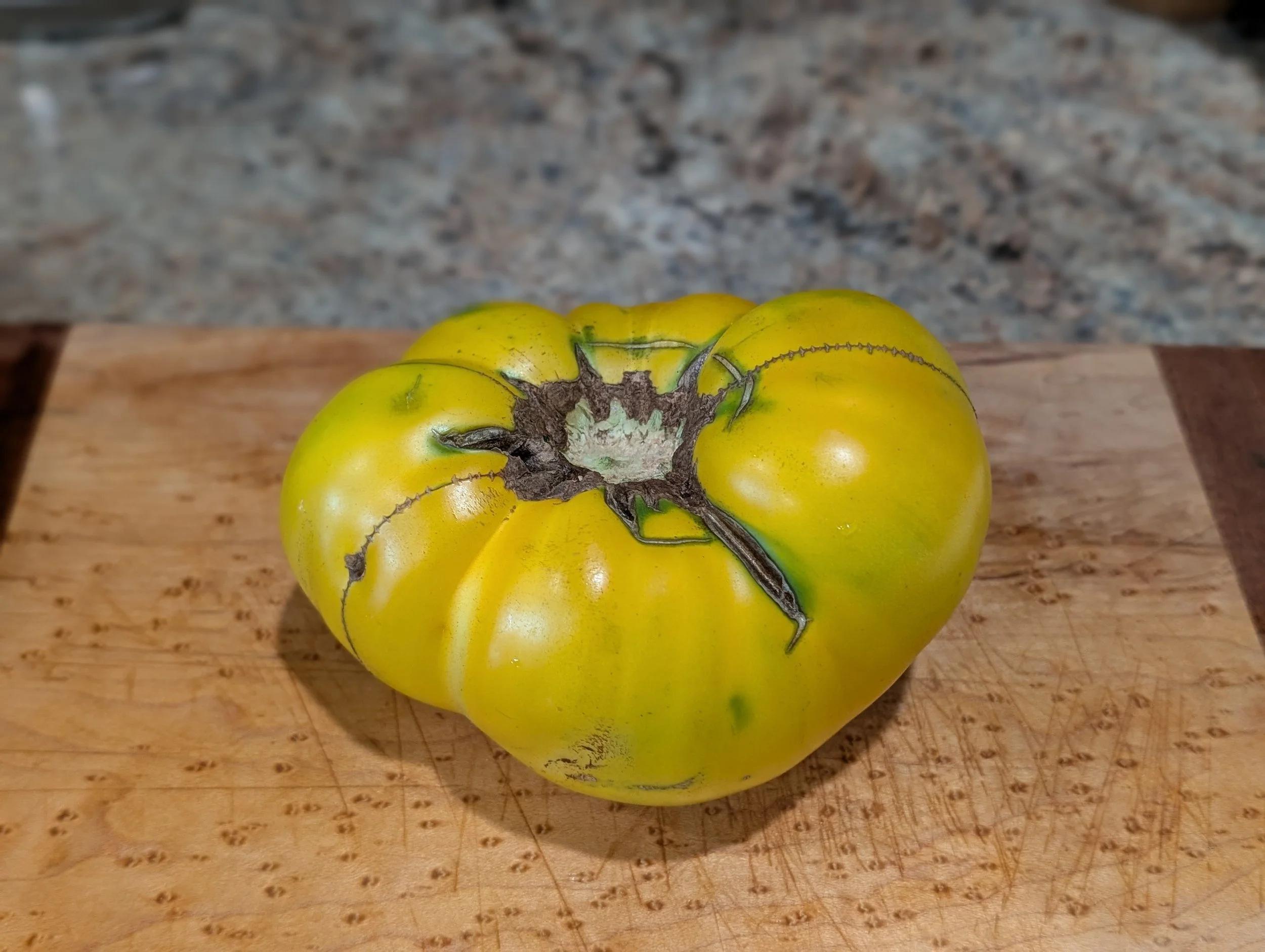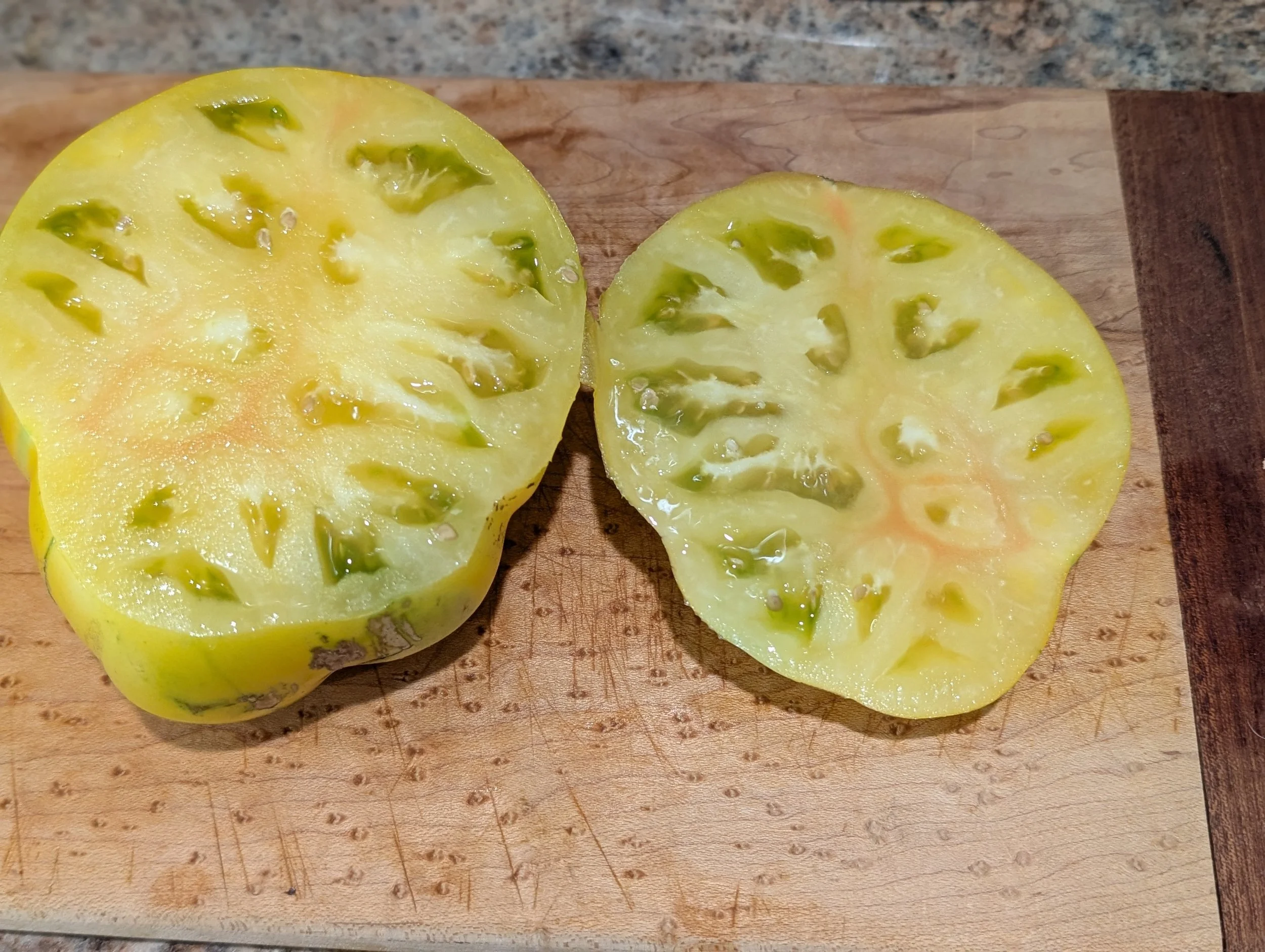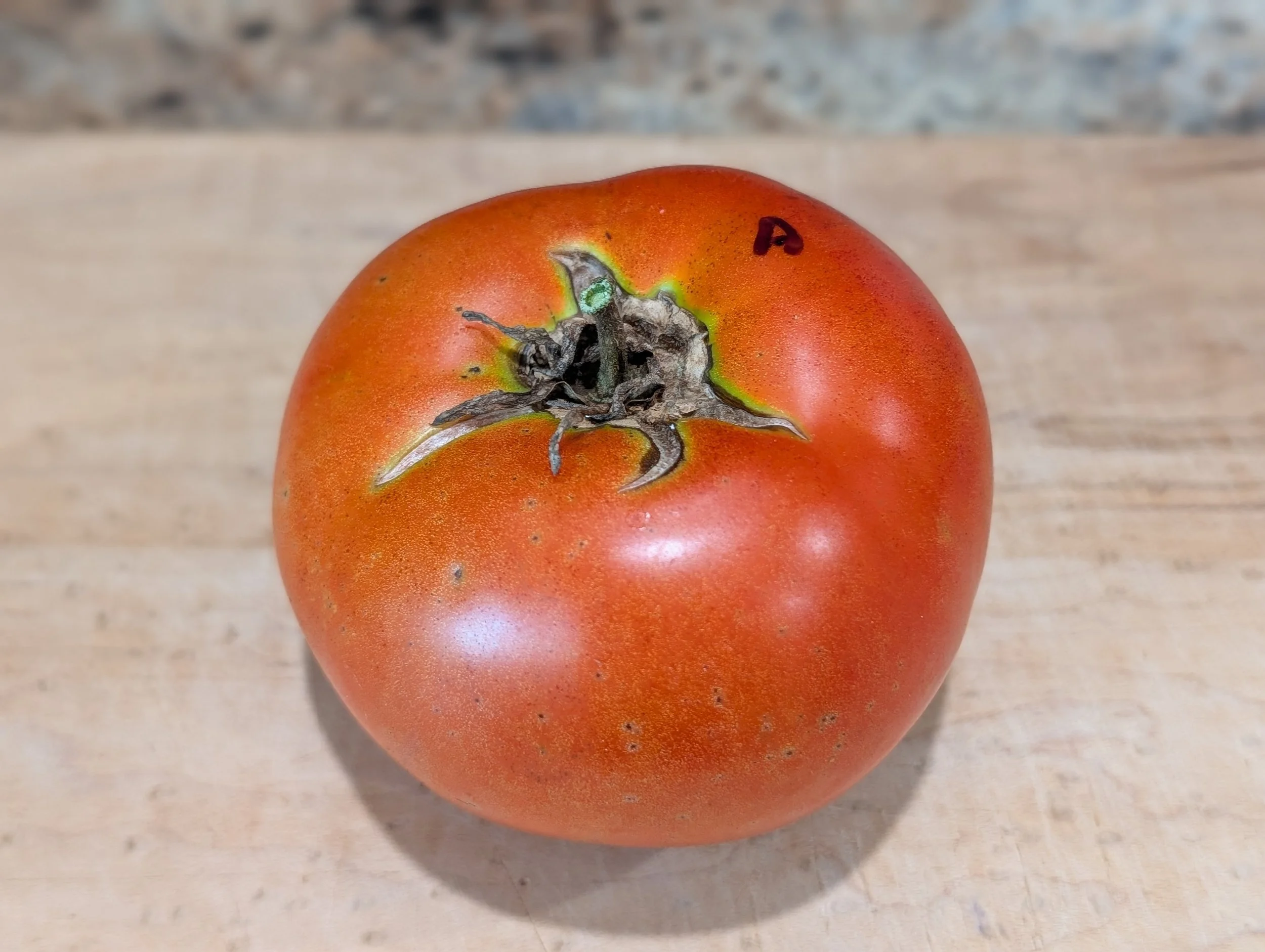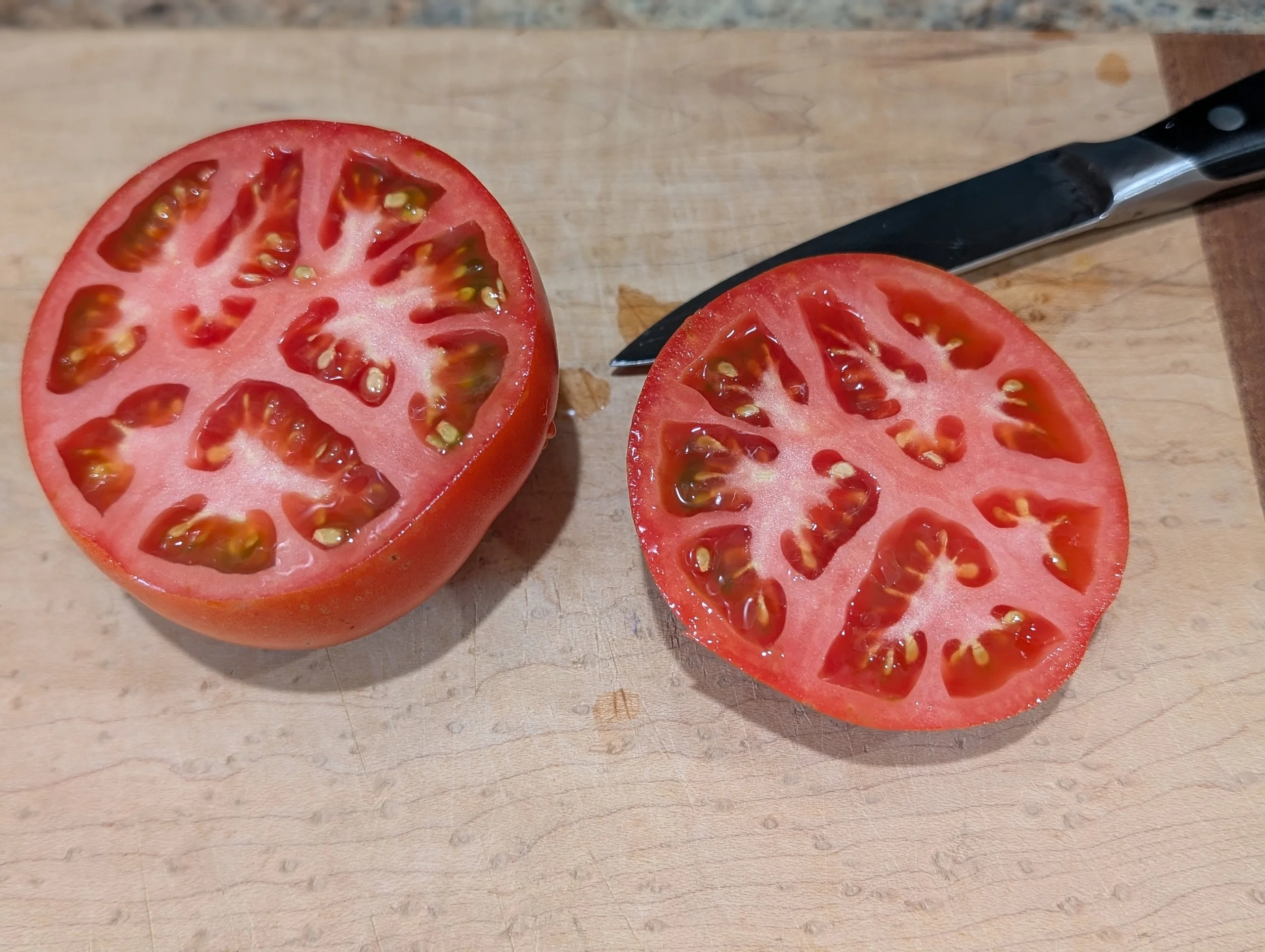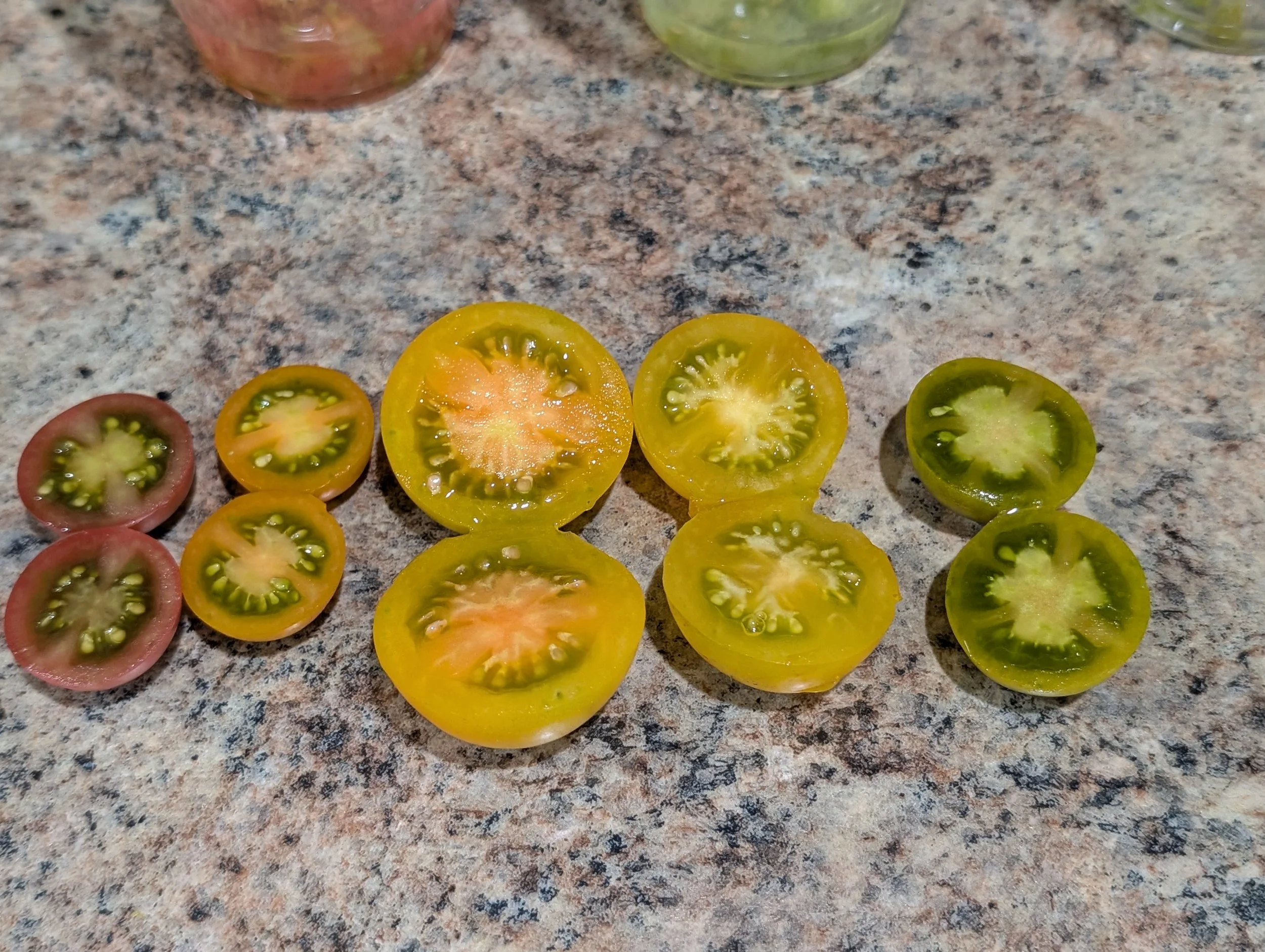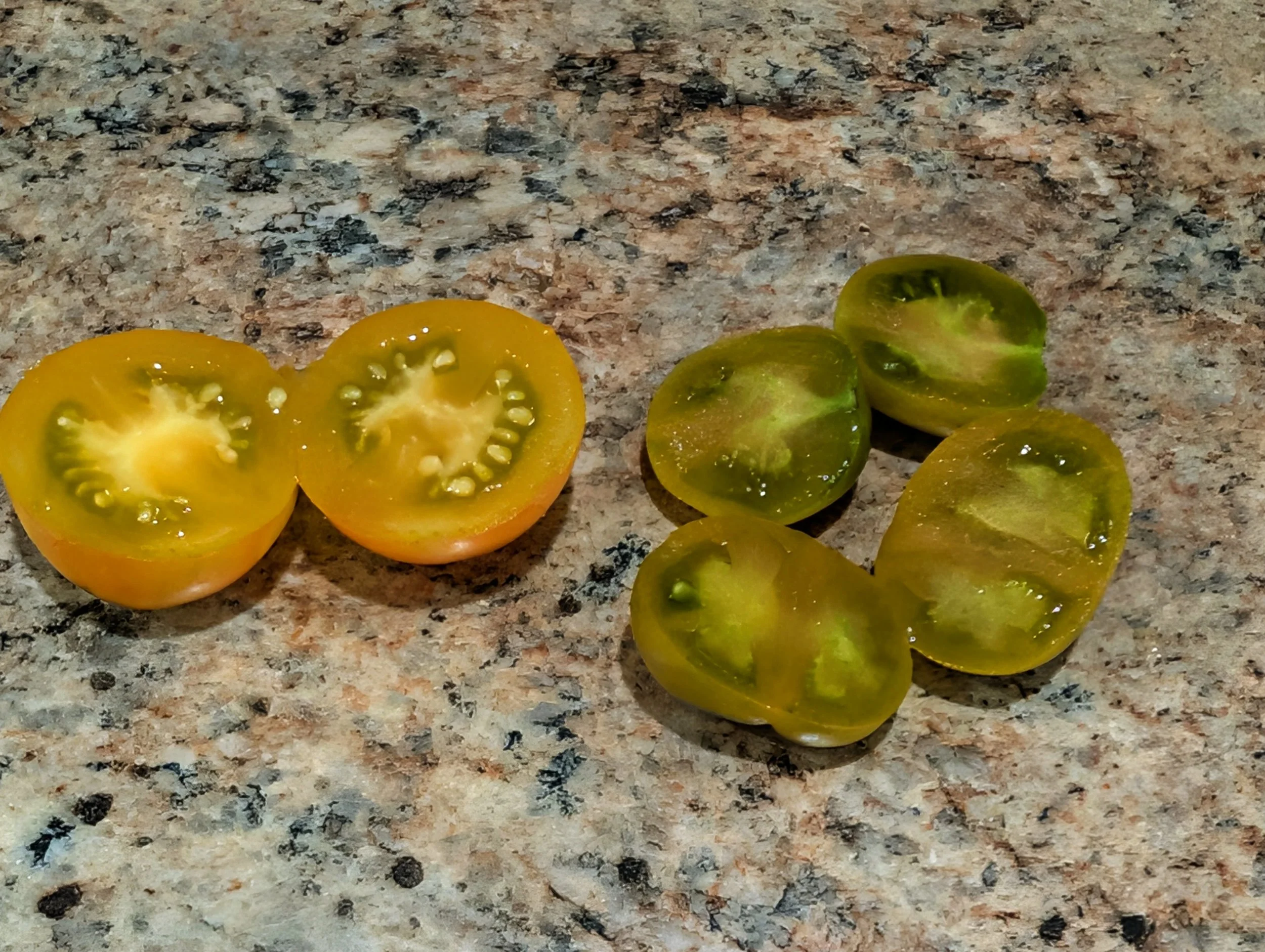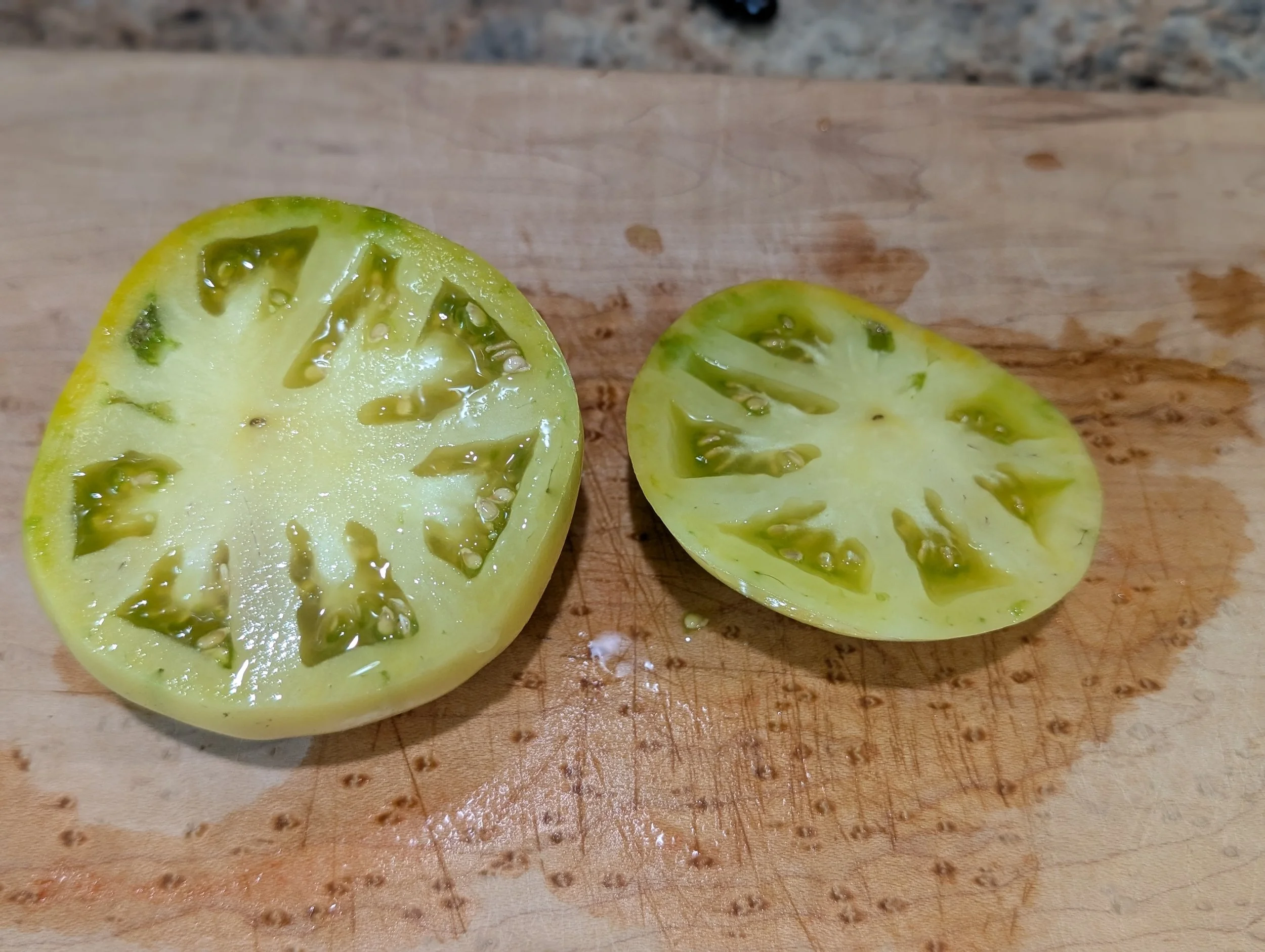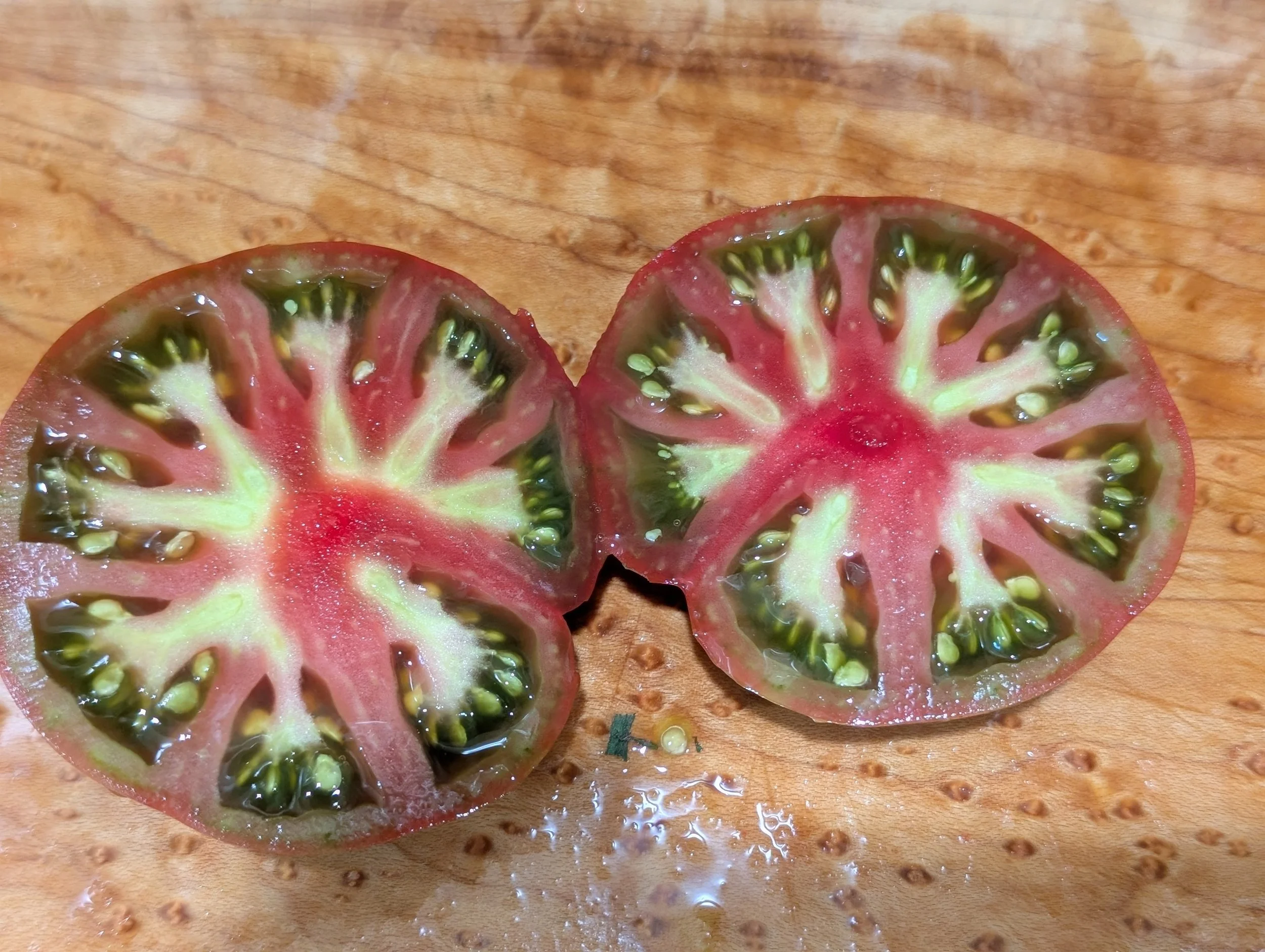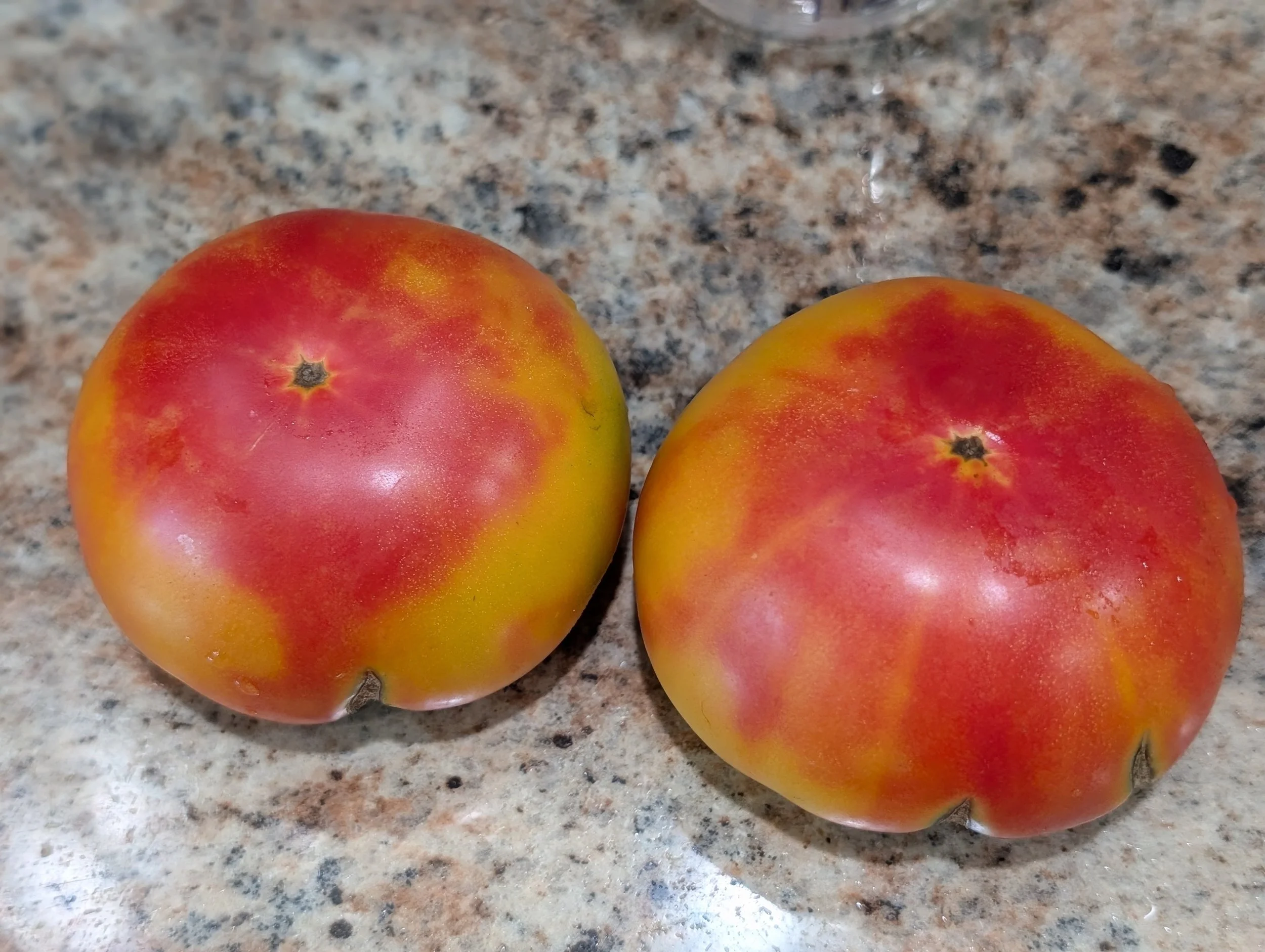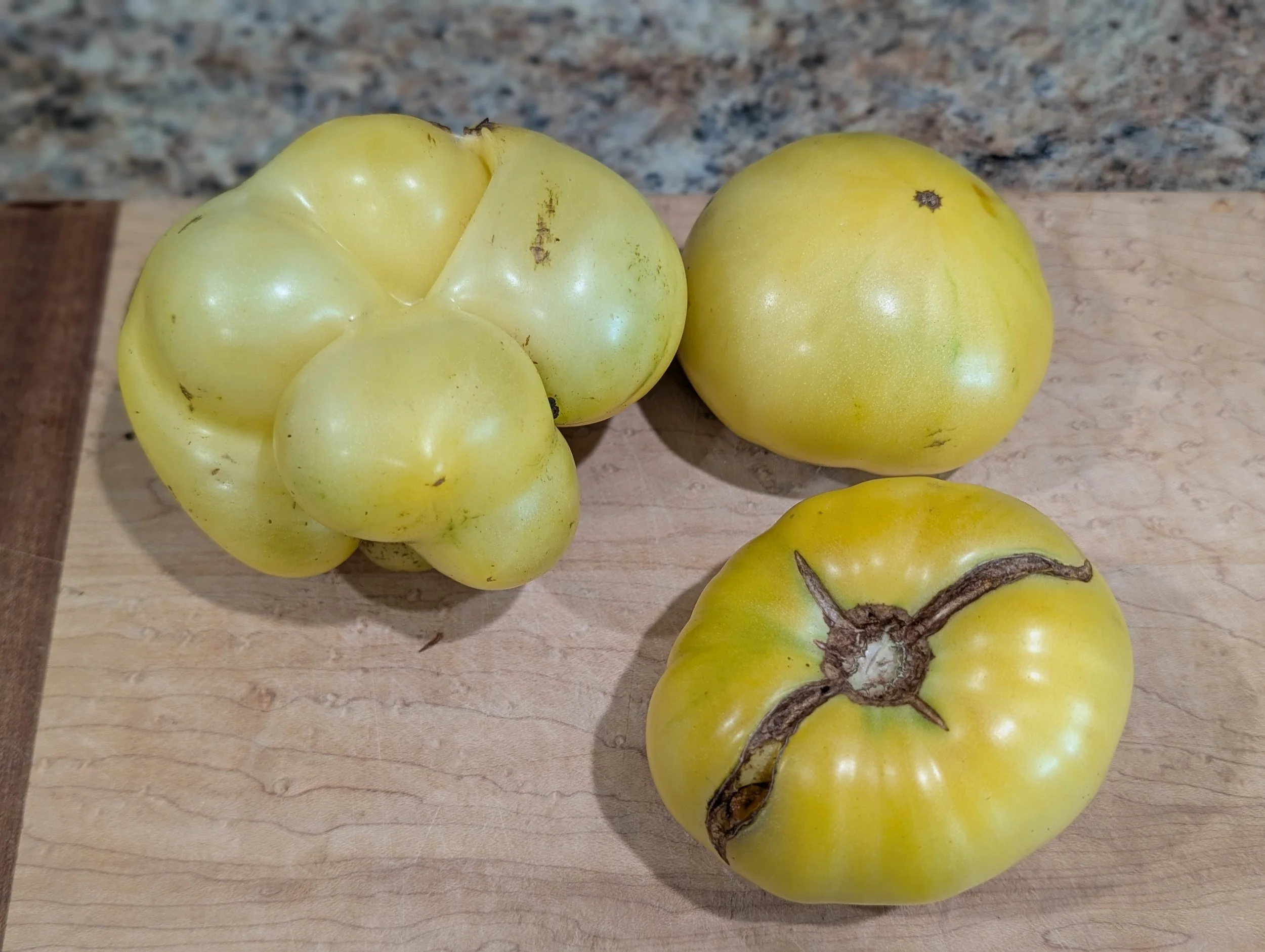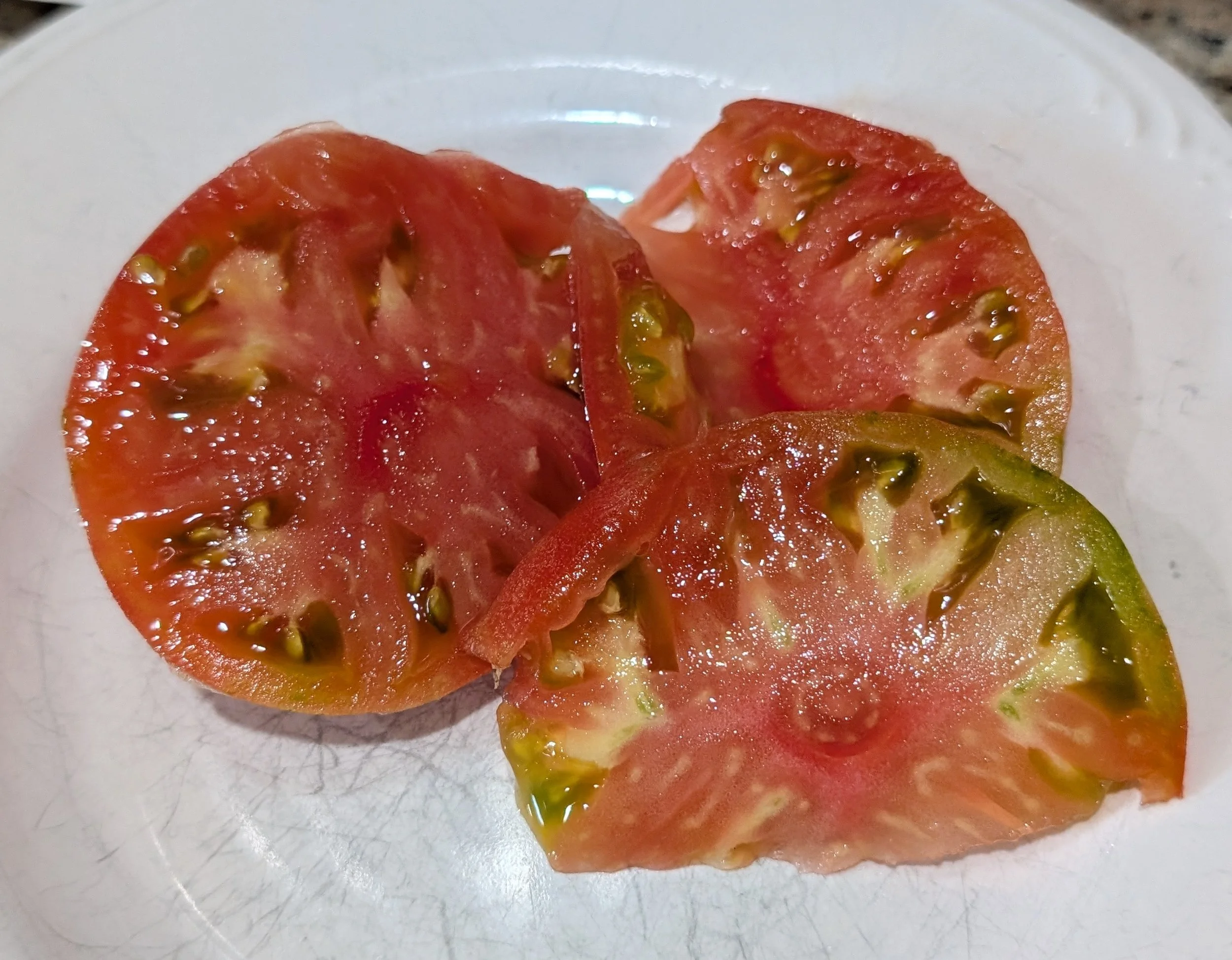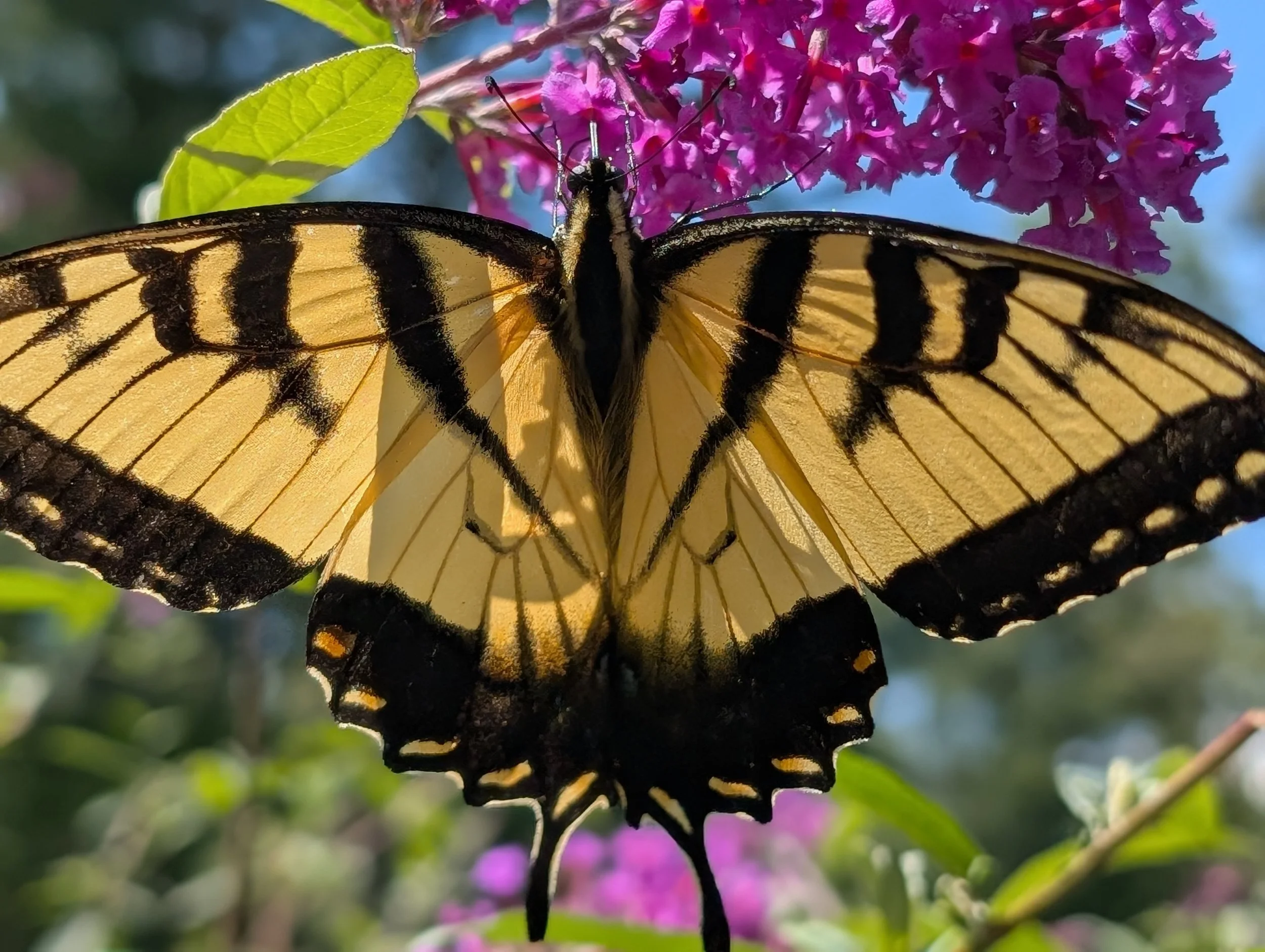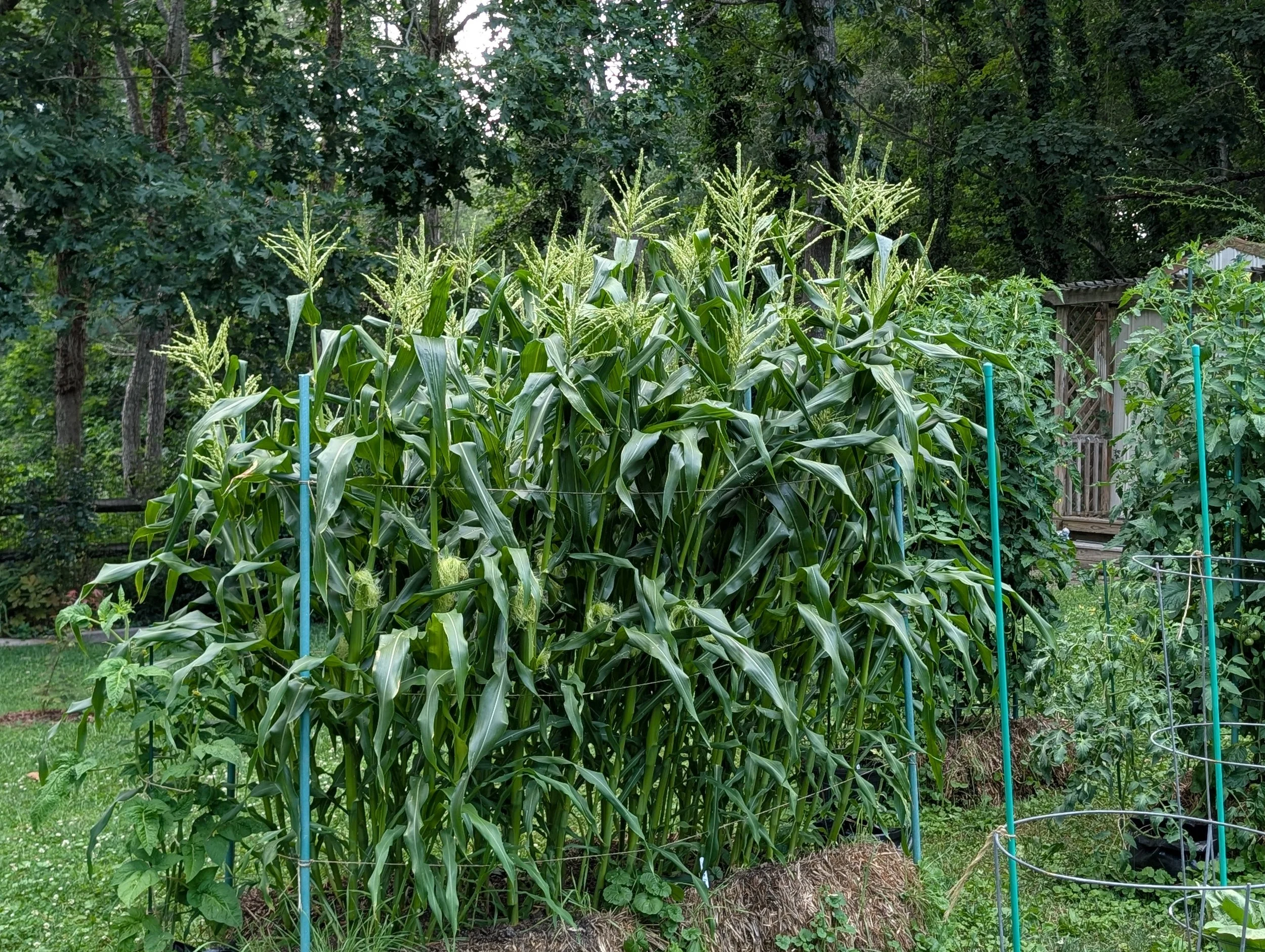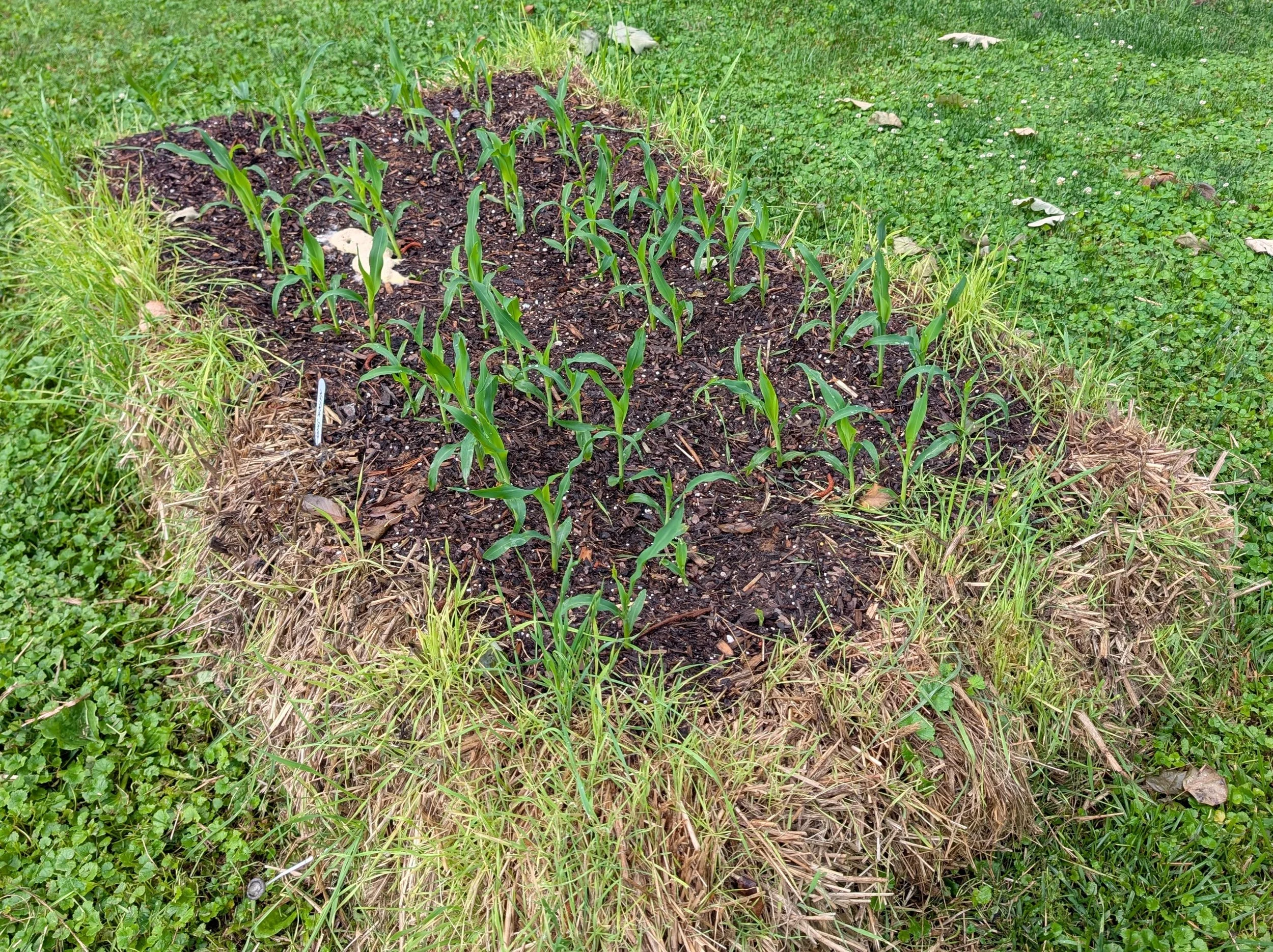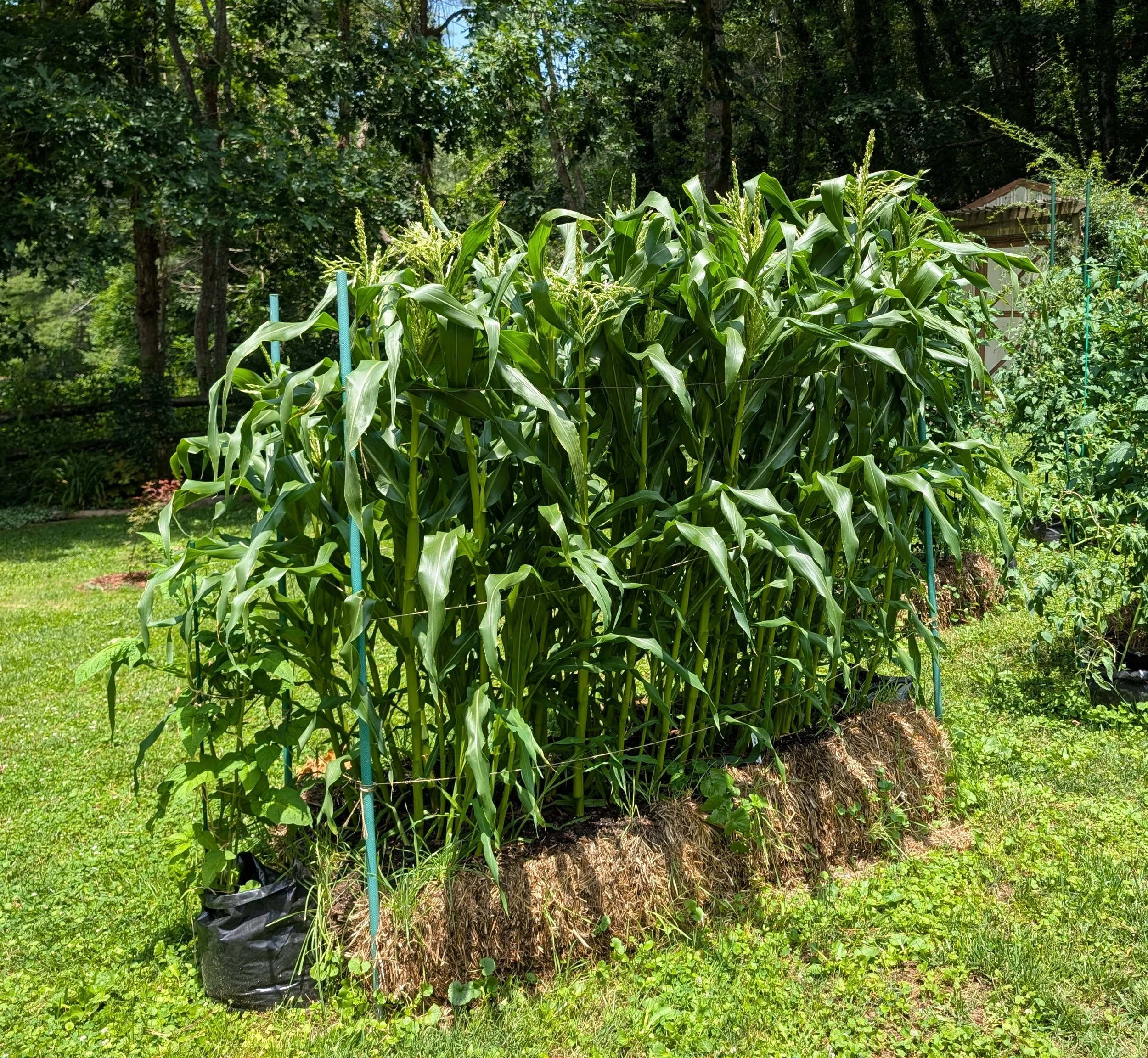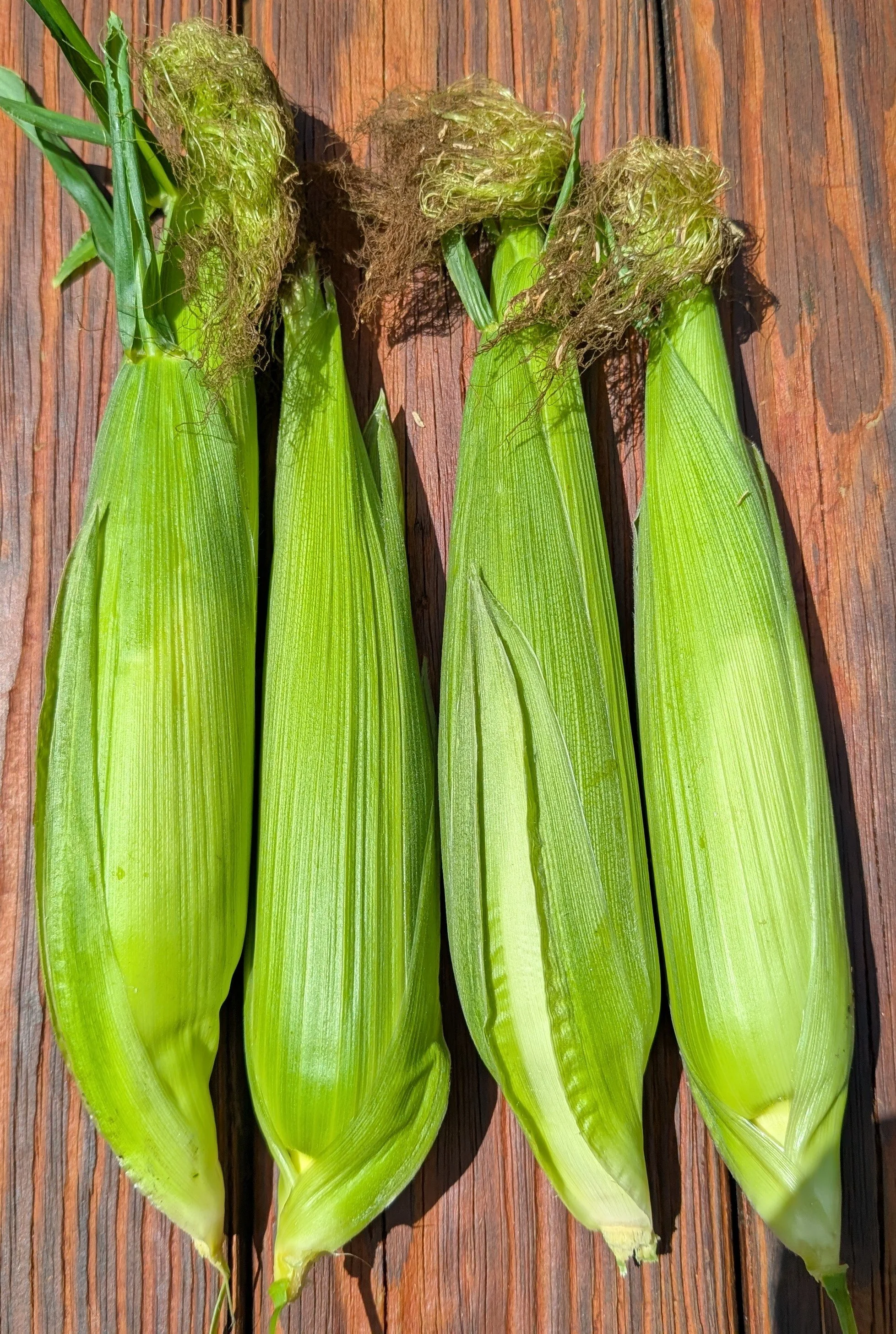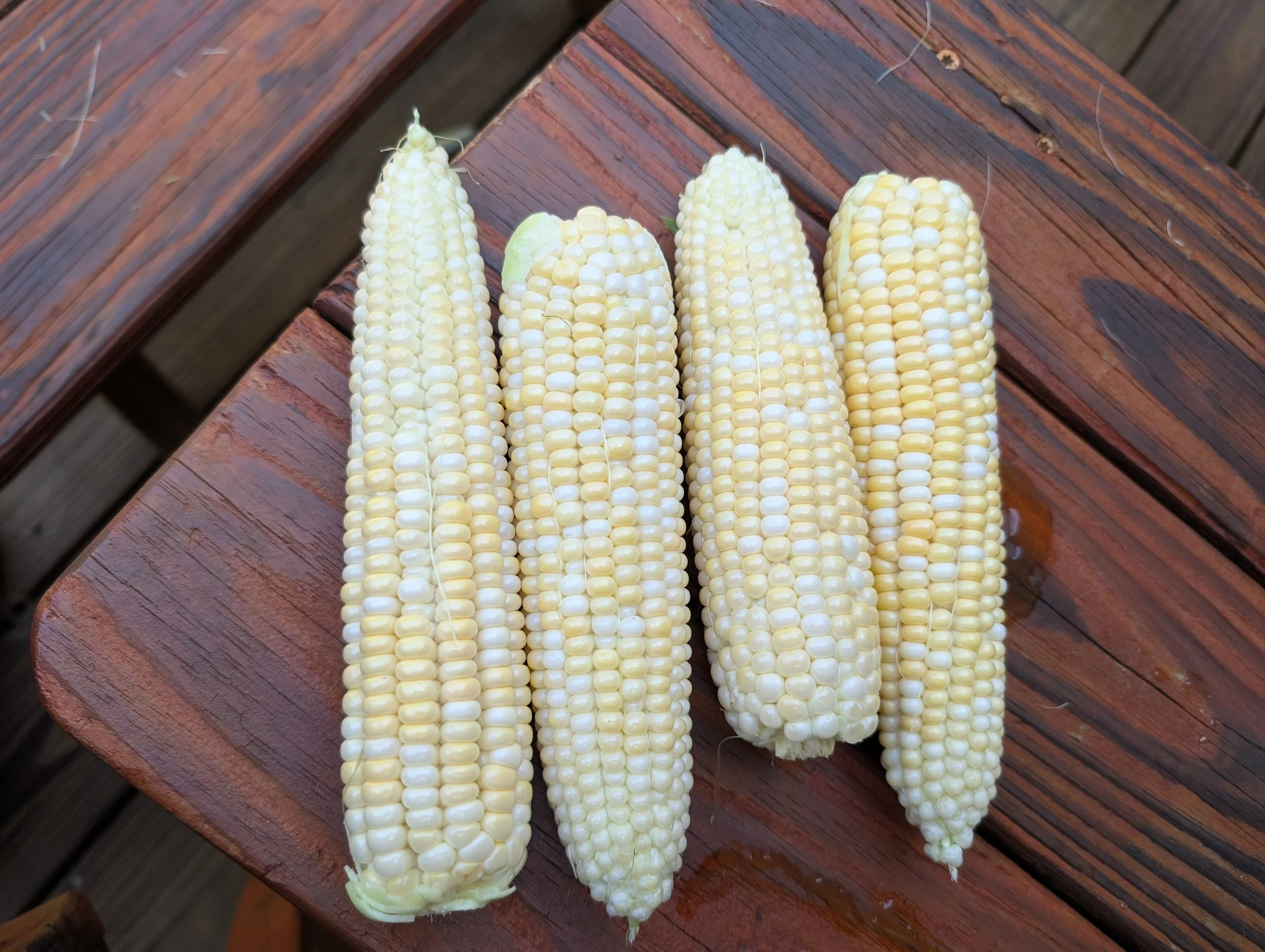Fall flower garden
It’s been over a month since my last blog. With a few frosts over the last few weeks and a deep freeze coming in the next few days, our garden is now completely removed. As you hopefully read in my last group of blogs 2025 was fun and interesting - as well as delicious.
By the way, my own knee surgery was delayed for a year. Sue took my spot - on October 14 she got a new right knee. As week 4 post surgery approaches, Sue is doing great, walking well without a walker or cane and hitting her post surgery physical therapy hard. I am so proud of her - she was a real trooper. I now know more of what to expect when it is my turn next year.
With a bit of time passed, I’ve come up with a list of available seeds that you can request (via email, in small quantities) so that you can roll up your gardening sleeves and lend a hand. I always start more projects than I can complete alone, so your help is welcomed, and important. All I ask in return are a few regular updates, and small seed samples returned to me. Anything really promising could end up being released by a seed company. In all cases, you will have things to share with your garden friends.
Captain Family seeds (related to my cross of Sun Gold hybrid with Captain Lucky)
Captain F2 PL and RL
Captain F2 generation 2025-F2RL (seeds saved from the regular leaf, large delicious orange cherry when growing out the hybrid) - seed lot T25-12
Captain F3 generation selection 2025-PL1 (seeds saved from the delicious oval cherry tomato from a potato leaf plant that was yellow with a rosy swirl) - seed lot T25-13
Captain F3 generation selection 2025-RL1 (seeds saved from a delicious green and purple swirl cherry tomato from a regular leaf plant - essentially a cherry version of Captain Lucky type fruit) - seed lot T25-36
Triply F2 selection regular leaf dwarf
Triply Family seeds (related to my cross between Cherokee Purple and the hybrid between Dwarf Walter’s Fancy and Dwarf Choemato).
Triply F2 generation 2025-F2RL (seeds saved from the regular leaf, medium large delicious pink fruit from growing out the hybrid) - seed lot T25-2
Triply F3 generation 2025-F3DwRL (seeds saved from the regular leaf, non variegated dwarf, prolific, with good flavored, 3-4 ounce oblate fruit, yellow/pink bicolor) - seed lot T25-23
Triply F3 generation 2025-F3DwPL (seeds saved from the potato leaf, non variegated dwarf, prolific, with good flavored, 3-4 ounce oblate ivory colored fruit) - seed lot T25-25
Matey Family seeds (related to my cross between Dwarf Walter’s Fancy and Dwarf Choemato)
Matey F3 generation 2025-F3DwPL (seeds saved from a potato leaf variegated dwarf, prolific, good flavored 4-5 oz yellow fruit) - seed lot T25-31
Vary Family seeds (related to my cross between Dwarf Walter’s Fancy and Dwarf Blazing Beauty)
Vary F3 generation 2025 F3DwPL (seeds saved from a potato leaf variegated dwarf, prolific, bicolor yellow/pink fruit with good flavor) - seed lot T25-30
Delicious pink from Chartreuse leaf Peppy
Peppy Family seeds (related to my cross between Dwarf Zoe’s Sweet and Dwarf Walter’s Fancy).
Peppy F3 generation 2025 F3DwPL1 (seeds saved from a potato leaf chartreuse dwarf, prolific, medium sized nearly round pink, delicious) - seed lot T25-45
Peppy F3 generation 2025 F3DwPL2 (seeds saved from a potato leaf variegated chartreuse colored leaf dwarf with ivory fruit up to 12 ounces, delicious) - working name Dwarf Eli’s Surprise - seed lot T25-32
Orange from variegated dwarf mix - likely a Vary selection
Variegated dwarf mix - Matey, Vart or Peppy - tags mix ups led to this
Variegated F3 generation 2025 DwPL1 (seeds saved from potato leaf variegated dwarf, fruit 8 ounces oblate, pink or pink/yellow bicolor) - seed lot T25-75
Variegated F3 generation 2025 DwPL2 (seeds saved from potato leaf variegated dwarf, fruit 8 ounces oblate pink) - seed lot T25-29
Variegated F3 generation 2025 DwPL3 (seeds saved from potato leaf variegated dwarf, fruit 6 ounces oblate, pink/yellow bicolor, very tasty) - seed lot T25-24
Variegated F3 generation 2025 DwPL4 (seeds saved from potato leaf variegated dwarf, fruit 4-5 ounce oblate, orange, very good flavor) - seed lot T25-50
Variegated F3 generation 2025 DwPL5 (seeds saved from potato leaf variegated dwarf, fruit 8 ounces oblate, ivory) - seed lot T25-76
Agatha’s Mystery - This is the result of growing out a dried seed stuck to a page in a Hendersonville library book of an Agatha Christie mystery. It produced a very good yield of flavorful smooth round scarlet tomatoes to 8 ounces. Seed lot T25-35.
Lillian’s Mystery Green sliced
Lillian’s Mystery Green - This true mystery began with trying to grow out Lillian’s Yellow Heirloom saved in 2023. I got regular leaf seedlings. I grew one out and it resulted in an oblate yellow tomato with an odd scarlet patch - good, somewhat unusual flavor. I saved seeds and grew one out in Caitlin’s garden last year, The regular leaf plant produced an amazing yield of smooth, nearly round clear skinned, green fleshed tomatoes up to 12 ounces with a superb flavor. Seed lot T25-47
Dwarf Eagle Smiley, ivory variant - The plant was grown from seed returned to me by Bill Minkey (seed lot #7754). Caitlin grew a plant and rather than yellow, the fruit were ivory in color. I have limited seed for anyone that wants to give it a try to see what they get. Seed lot T25-57
That’s the list - 18 different saved seed samples of various projects that you can request from - you can use the bolded seed lot number I used above. Please send an email to nctomatoman@gmail.com for a list of which you wish to try. I hope to get seed requests fulfilled by Christmas.
Ornamental hot peppers drying in the sun - future red pepper flakes






